How to encompass a country with four time zones, 32 states, 127 million inhabitants, three Sierra Madre mountains, two oceans, 11,000 kilometers of coastline, 3,152 kilometers of border with its northern neighbor, 39 native languages and a dizzying ethnic landscape and gastronomic diversity?
Mexico overwhelms you with all five or six senses, it is visceral in its attraction, in its colors, its smells and flavors, its sounds, its traditions and, above all, in its diversity.
Caribbean and Pacific beaches, coral reefs, humid jungles and rugged deserts, high mountains and active snow-capped volcanoes, ancient cultures such as the Olmec, Mayan, Mixtec, Aztec and Tarahumara that left their archaeological legacy and impressive pyramids, beautiful cities inherited from the viceregal period, artistic movements of vehement intensity and color and that identity-based food that floods squares and markets and delights all travelers.
Let’s grab our backpacks and devour inch by inch and plate by plate, to the beat of good cumbias and the warmth and color of its festivals, one of the most authentic destinations on the planet.
I propose dividing this great trip into three areas (Caribbean and South; Central and the Gulf; North and Pacific) in order to have a certain geographical grasp that allows us to organize ourselves better, although we must keep in mind that internal flights are generally very cheap and there are so many connections that it is very easy to put together a trip on demand that allows us to see the most interesting parts of each of these three areas.
In addition, we will pepper this guide with social and cultural references from the Mexican idiosyncrasy itself that will transversally connect all areas of the country and help us better understand its diversity but also the homogeneity in the behavior of its people.
I have been traveling around this southern North American country for a year, and there has not been a week in which I have not spent a few hours collecting my travel notes so that I can now share them with you. I hope I have not left behind any of those corners that a traveler never wants to miss.
If you are a European citizen, you do not need a visa to enter Mexico for tourist purposes, only a passport with at least 6 months of validity and you will have up to 180 free days in the country.
If you have permanent residence (regardless of your nationality) in one of the countries of the Schengen area of the European Union, in one of the member countries of the Pacific Alliance, or in the United States of America, Canada, Japan or the United Kingdom, you do not need a visa either.
To fly cheaply from Europe to Mexico you have to go to Cancun, which, being the entrance to the most touristic part of the country, has many connections and companies, which means there is tough competition between them.
There are several Spanish companies linked to large tour operators and hotel groups that operate several flights a week and are the most competitive because they use their planes for clients from their all-inclusive hotels, but as they do not usually fill them completely, many seats come onto the market at very affordable prices.
Additionally, we will always have the option of traditional airlines that fly from Spain, but it is also worth looking at connections from other European countries, which are sometimes convenient.
You wouldn’t be the first to take a flight from Madrid or Barcelona to Copenhagen or another European capital, make a two-hour stop, and fly direct to Cancun for a cheaper price than going directly from Spain.
A round trip to Cancun can cost from 650 (cheap price) to 900 euros.
And in low or mid-season we can also find AeroMéxico offers to the capital and also to Monterrey, the third largest airport in the country, in case our trip takes us to destinations beyond the Riviera Maya and the Yucatan Peninsula.
It goes without saying how important it is to travel to Mexico with a good insurance. We were the first ones to offer the famous 5% discount on IATI Insurance, but you also have it available with Heymondo Travel Insurance.
Follow the links bellow to get a discount on their website:
The best time to go to Mexico will depend on the areas we choose to visit, because if we look at the map of North America we will see how almost unmanageable it is, with its 11,000 linear kilometers of coastline and its 32 states.
Mexico is in the Northern Hemisphere and has summers and winters (more or less harsh) in the center and north, but it is also a hot country in general terms, with a semi-desert climate in the Altiplano, tropical in its wide Caribbean zone, the Gulf of Mexico is also eminently warm and the central Pacific bathes with its waters (also warm here) more than ten states in the south and west. And it is also located in a hurricane zone.
In the following link you have detailed information about the best time to go to Mexico. (coming soon)
Nowadays, finding hotels, guesthouses, or restaurants in Mexico with free Wi-Fi is the usual trend, although there are also those who wish (or need) to have continuous internet connection.
To help with that, we’ll tell you how to get a Mexico eSIM and make the most of their affordable prices. And now, we also provide information about Mexico’s eSIM with unlimited data. If you want to get one directly, use the following link (with a discount):
If you are going to visit this popular country, you should know that Mexico’s currency is the Mexican Peso (MXN), and you can find it in bills and coins. Its history is extensive and dates back to the colonial era, when the first Mexican coins were minted in 1535 during the rule of the Spanish Empire.
We begin by devouring the Yucatan Peninsula, one of the warmest and most beautiful areas of Mexico. We take a nice dip in the turquoise waters of the Caribbean, preferably at Linda, Chac Mool or Caracol beaches, and leave Cancun on the way to Valladolid, a beautiful and silent colonial city in the middle of the state on the way to Chichén Itzá.
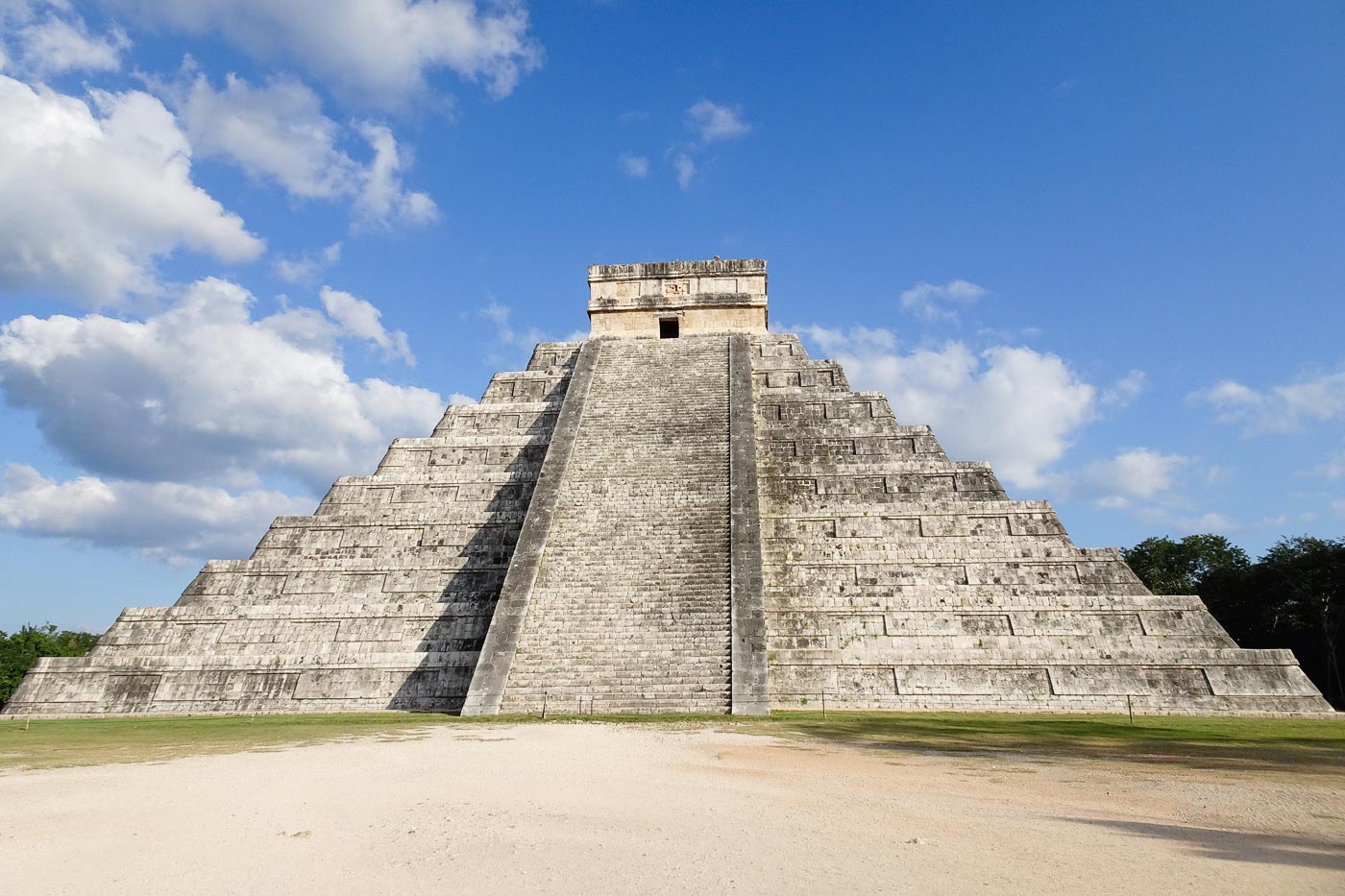
These are the most touristic Mayan pyramids due to their proximity to Cancun. They are very well preserved but also very crowded, just like those of Teotihuacan, which are close to Mexico City and among the most visited. If you have little time, half a day in Chichén Itzá and the evening in Valladolid.
Far from the hustle and bustle of the Riviera Maya, this island in the north of the state of Yucatan is quiet and has been selling its friendly vibe for almost everything for years. Ideal for spending a couple of days walking along its unpaved streets, eating a variety of foods, enjoying its beaches and crystal-clear waters (Punta Mosquito and Cayo Coco) and, if you dare, kite surfing.
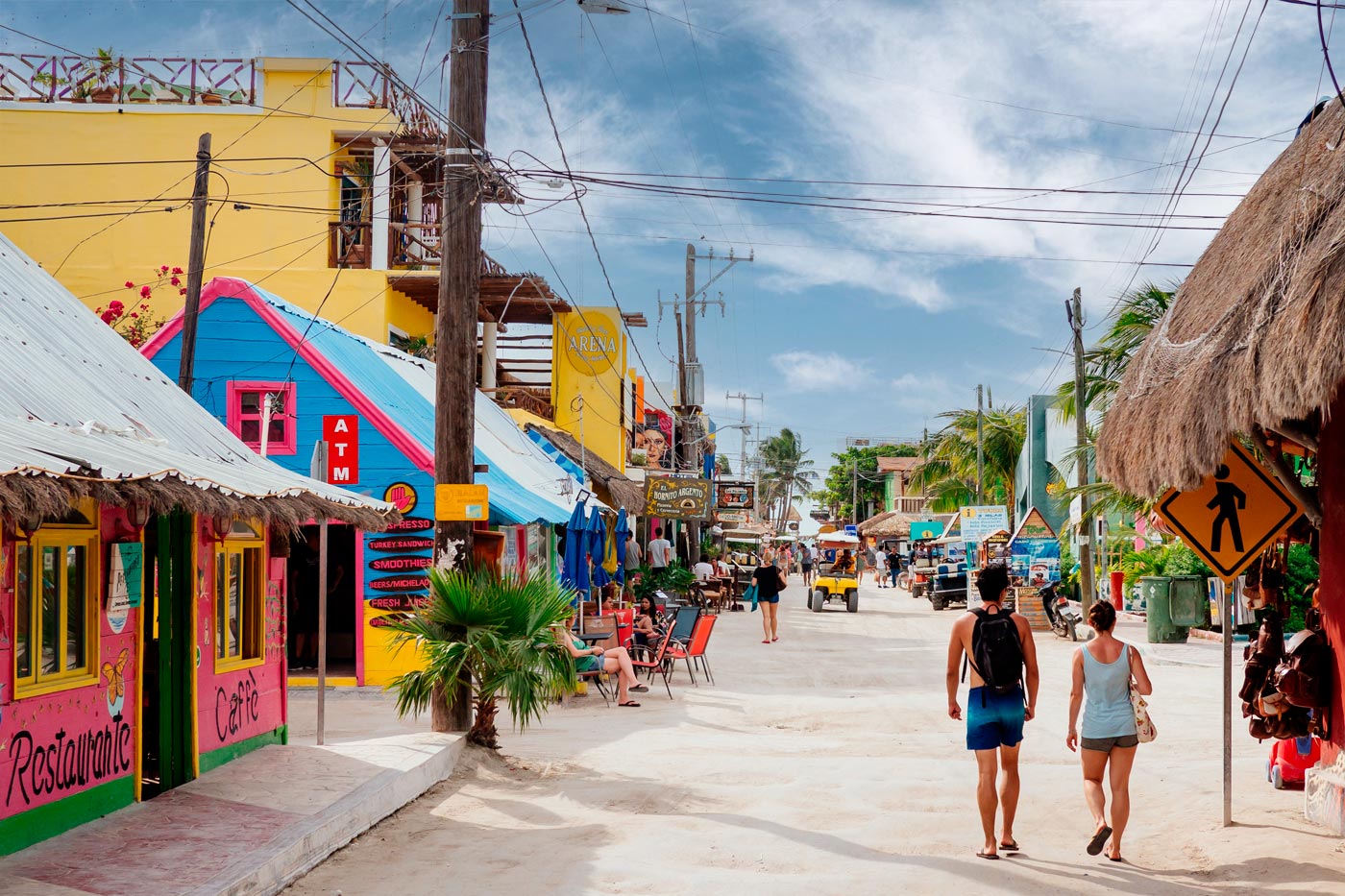
Back on the mainland (Chiquilá), be sure to visit El Cuyo, a wonderful little town with dream beaches. The next day you can take an excursion to the Río Lagartos Biosphere Reserve, with its colonies of flamingos and its great biodiversity among mangroves, and from there to the town of Las Coloradas and its pink lagoons.
In the vibrant capital of the state of Yucatan, colonial and Mayan heritage collide in a lively nightlife, varied cuisine and wide cultural offering. We can get there by bus (ADO company), by minivan, and of course by private vehicle.
Its historic center and colonial buildings are spectacular, as are its squares, parks and promenades. It is not in vain that it is one of the most desired cities for Mexicans to live in, due to its beauty, tranquility and security.
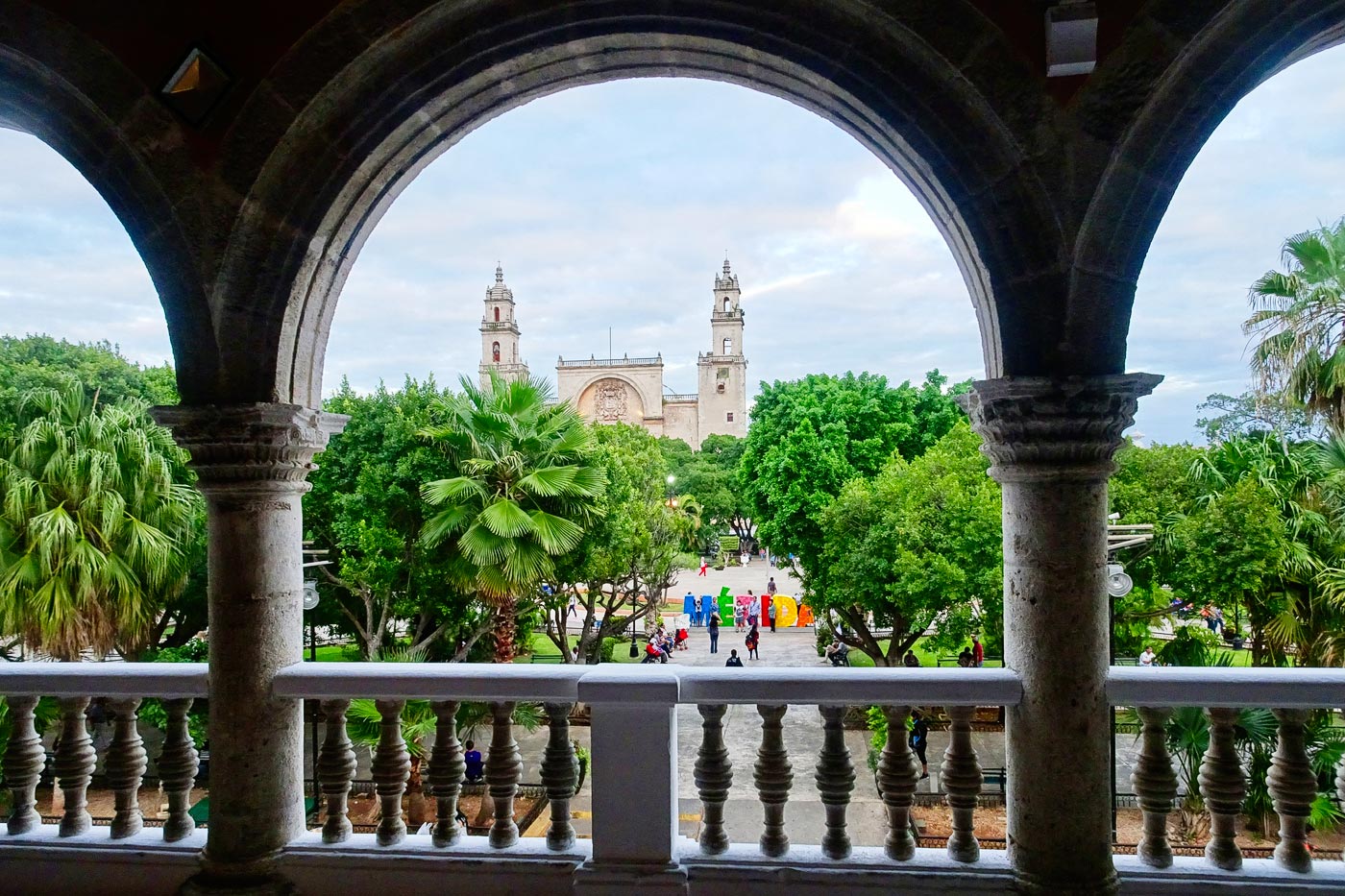
From Merida we can enjoy the Puuc Route, a tour of the Mayan archaeological sites south of the Yucatecan capital, which will take us to visit sites such as Uxmal, Kabah or Labna, and some hidden cenotes.
The least known state of the Yucatan Peninsula. Its capital, of the same name, has a beautiful center of colonial architecture, its port character has declined, but, if we head south, very close to the border with Guatemala, we find one of the most authentic and impressive pre-Hispanic Mayan sites in all of Mexico.
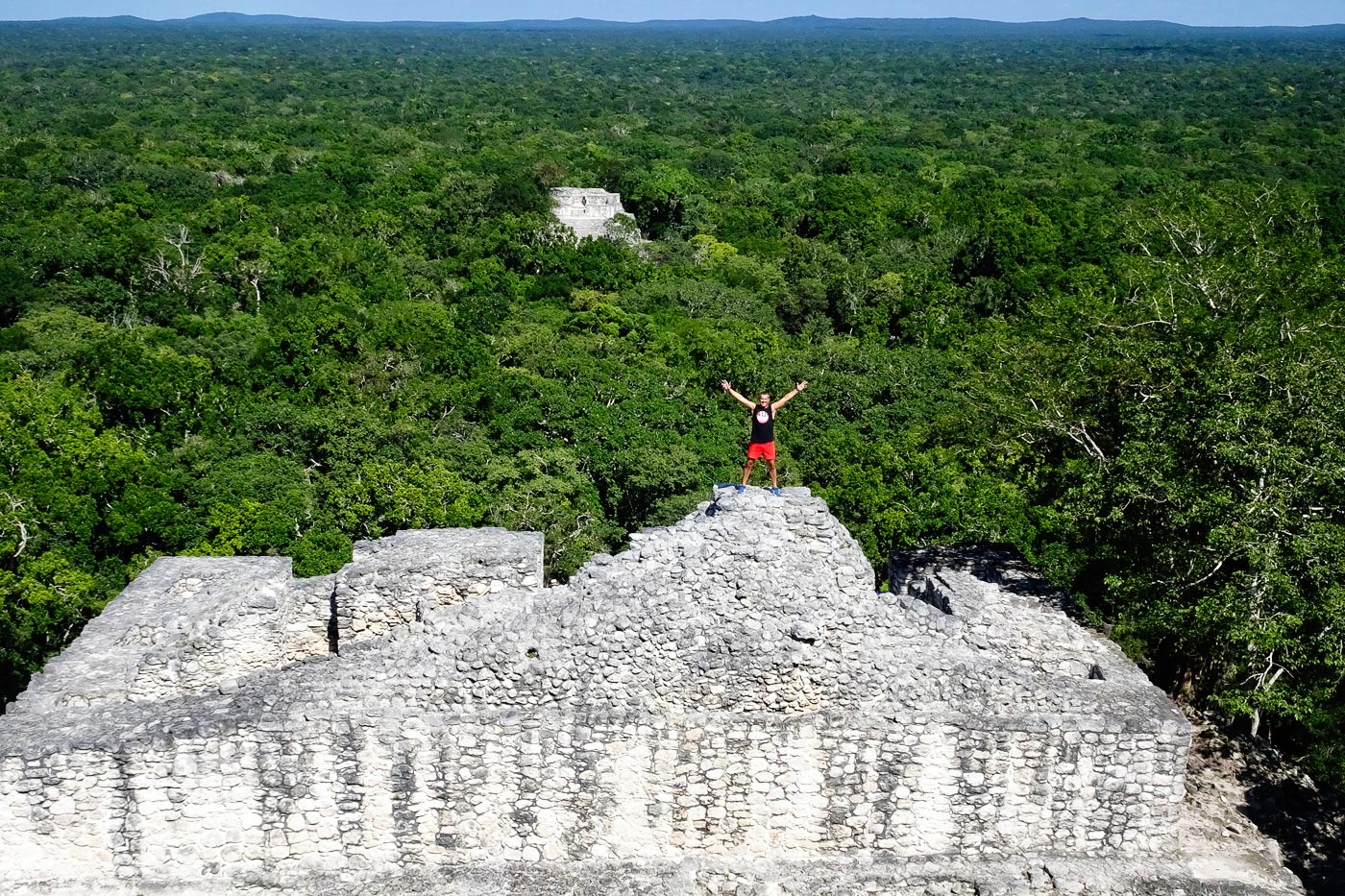
Calakmul was, along with Tikal (Guatemala) and Palenque (Chiapas), one of the great centres of Mayan power, and this can be seen in its wonderful pyramids and other architectural structures. There is so much to discover and it is so far from the tourist circuits that it is well worth a stop, especially if you are going along the southern slope of the Riviera Maya on the way to Chiapas and Oaxaca.
Near Chetumal, the capital of the state of Quintana Roo, we have a mandatory stop in Bacalar, a small town full of charm whose main attraction is its exotic lagoon, with crystal-clear waters that, with the effect of the sun, can reach, they say, up to seven colors. It’s surrounded by mangroves, where there are also crocodiles, and several cenotes (Azul, de la Bruja…).
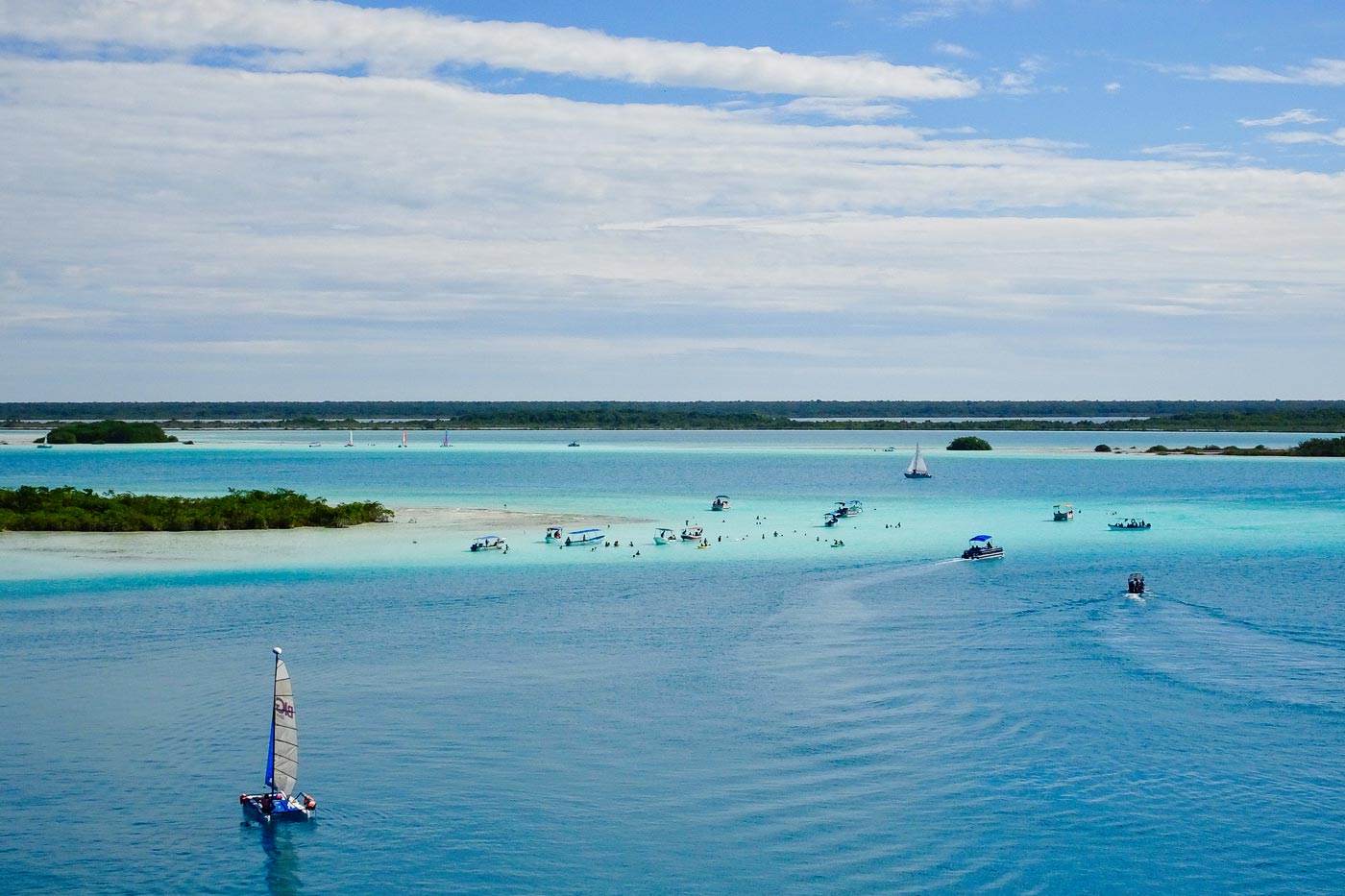
It is home to the elusive stromatolites (microorganisms that mark the first glimpses of life on Earth and adhere in the form of rock) that are seen in only four or five places in the world. The ideal is to spend several days enjoying a boat trip on the lagoon, paddle surfing, diving in its cenotes and eating in the town’s modern and traditional restaurants.
A must-see for lovers of diving and seafood, this town on the Riviera Maya is so far south that few people visit it, although cruise ships have recently stopped by.
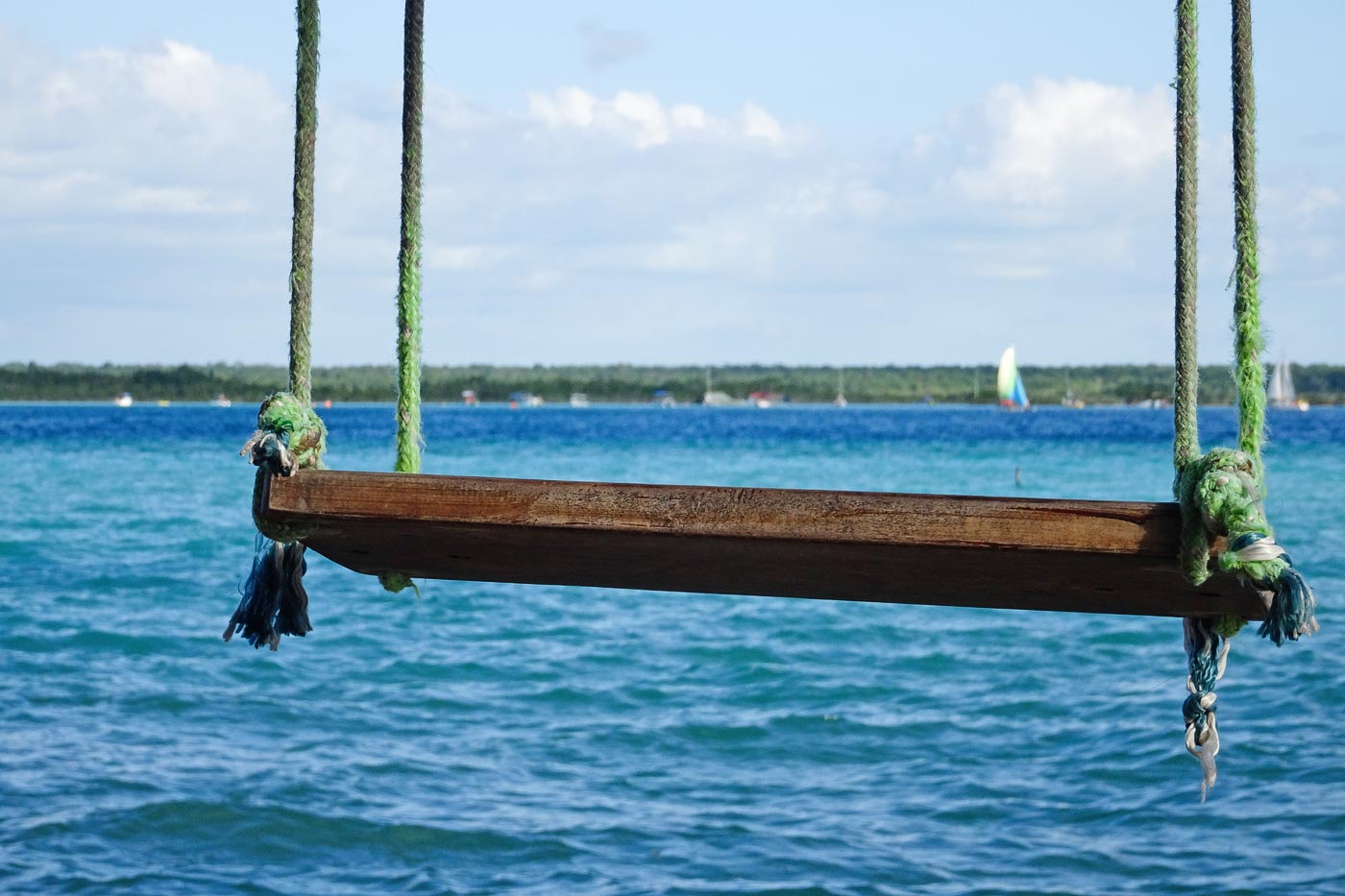
Another lost spot that deserves a two-day excursion is the jungle and coral Punta Allen (Sian Ka’an Biosphere Reserve), which is reached by a complicated road that runs parallel to the Mesoamerican barrier reef. There is no asphalt and almost no Wi-Fi, but there are amazing corals to enjoy using snorkeling goggles. And you can dine on a delicious, but warm-water, local lobster.
We arrived at what was once a town but is no longer one. Now it is a tourist center full of boutique hotels, hostels for backpackers, Mexican and international food restaurants and lots of nightlife.
But it also offers spectacular beaches and jungle trails for cycling or motorbike tours. And its Mayan ruins, some of the most beautiful in the country, are located right on the seafront.

Those of Tulum, together with those of Cobá, which are easily reached from here, would close the circle of the Mexican Mayan Route that we began in Chichén Itzá.
We continue our way to the north of Quintana Roo towards Playa del Carmen and Cancun, the two most crowded destinations in the Riviera Maya, but where we will have to stop one way or another. And if you want to eat really well and party hard, all the better.
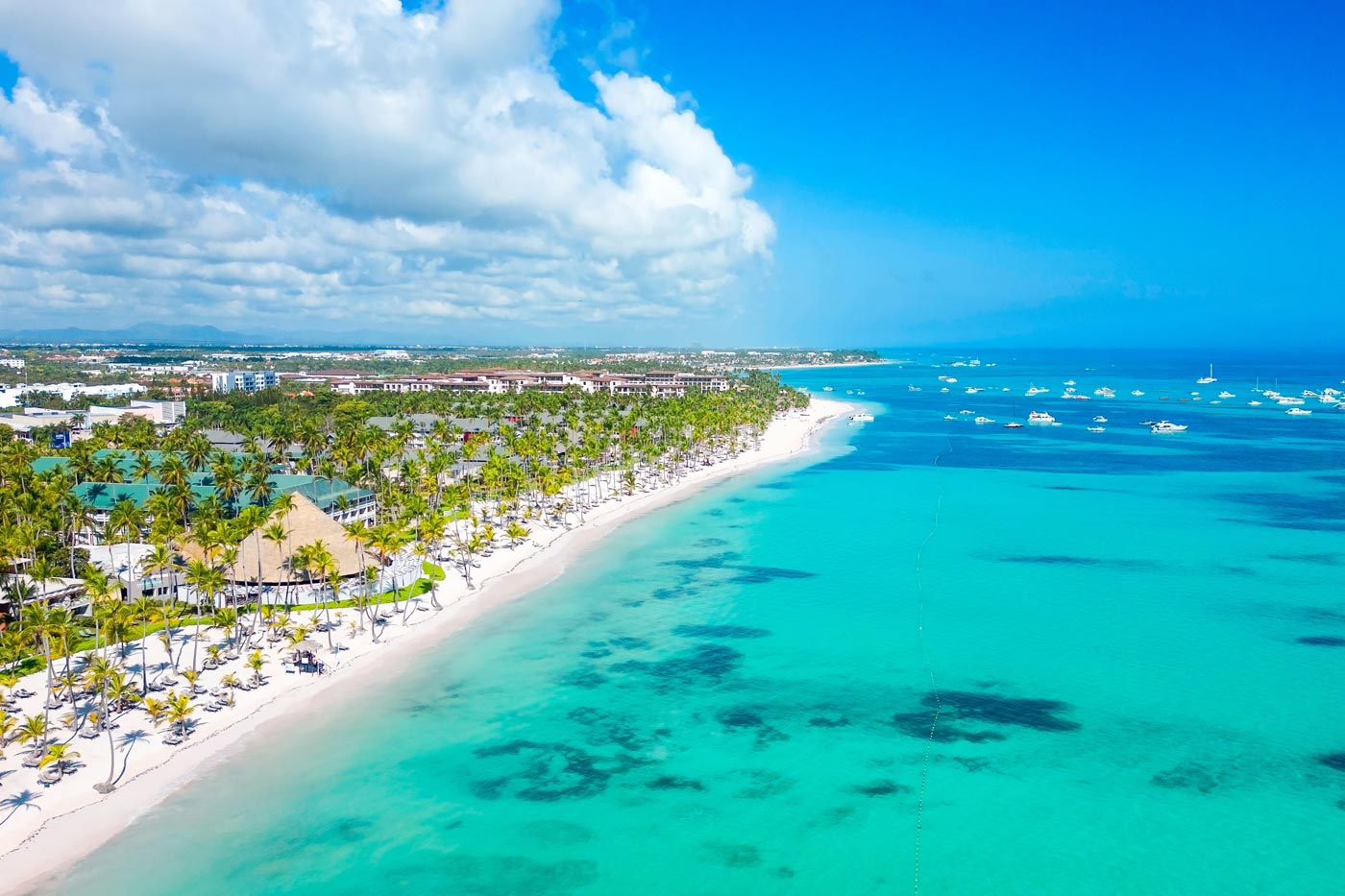
But the interesting thing about traveling around this area, especially if you rent a car or motorcycle (the minivans also offer more specific services) is to stop at those more or less lost points on the Caribbean coast (Xel-Há, Akumal, El Dorado, Punta Venado, Punta Maroma, Puerto Morelos and Isla Blanca to the north).
It is without a doubt the most authentic and best preserved island in all of Mexico, in the eyes of this traveler. We left by ferry from Playa del Carmen and in 40 minutes we found ourselves in the small town of San Miguel de Cozumel and its relaxed boardwalk.
Let’s forget that on the western side of the island facing the continent, we don’t know how many cruise ships come and go every day, disembarking hordes of them for a few hours, and that in that same part are the majority of the more or less expensive hotels that have taken over the beaches.
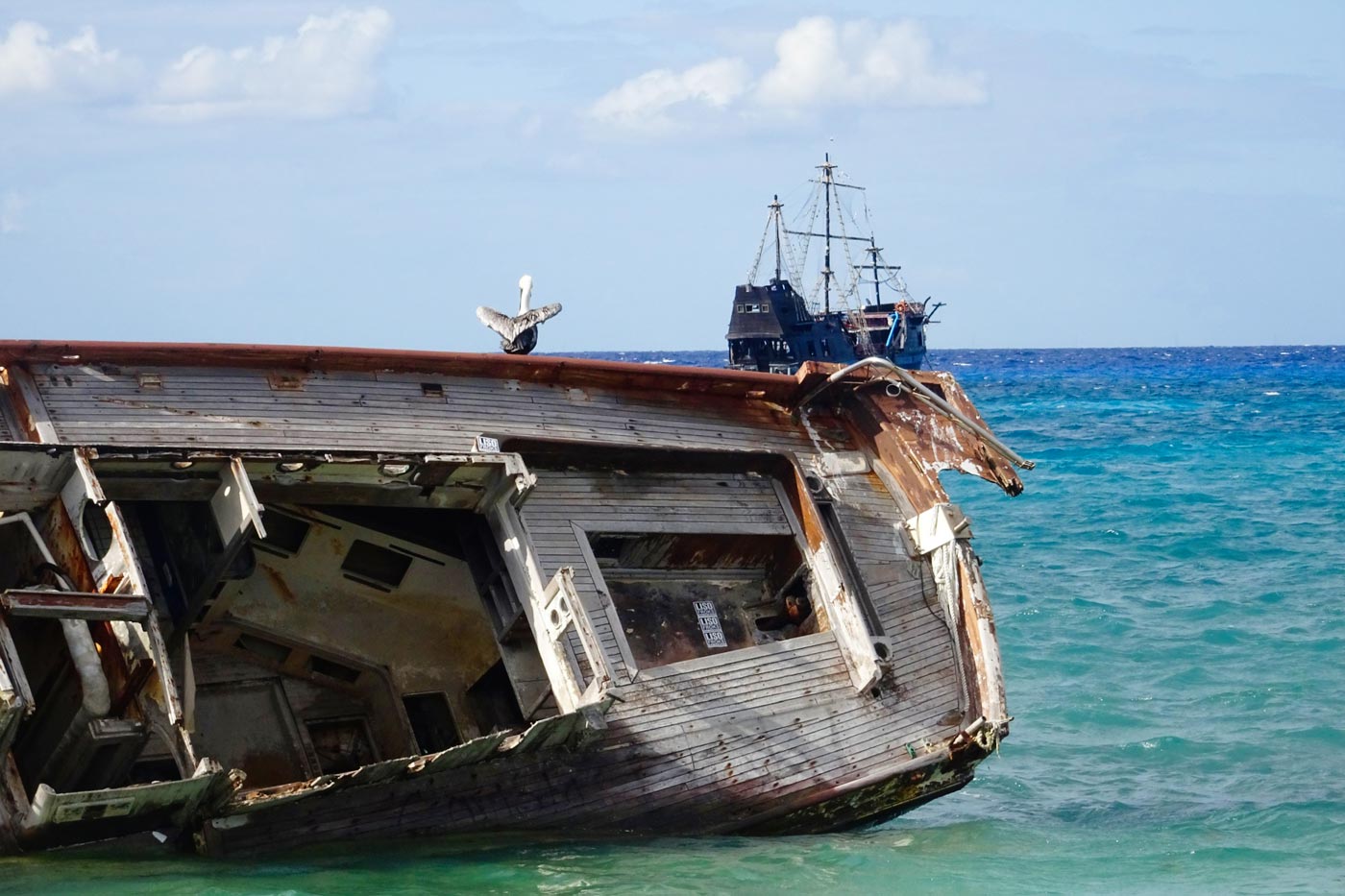
The rest of the island, including the town (I’ll give you a gastronomic tour of it), is of spectacular charm and purity. More than 80% of the island is undeveloped, pure tropical jungle that takes us along a road (motorbike recommended) that almost in a circular shape runs through all the beaches in the east, virgin and pure (in more than 15 kilometers you will find four or five large beach bars, nothing else).
And we arrive at Punta Sur, pure Caribbean beauty, from the area of El Caracol and the Celarain Lighthouse to El Cielo beach.
You can get there from Cancun, a half-hour ferry ride, so you won’t be alone, but once you walk through the town and visit the north beach and the King’s Pool, I recommend that you head towards the jungle-like and uncrowded south of the island.
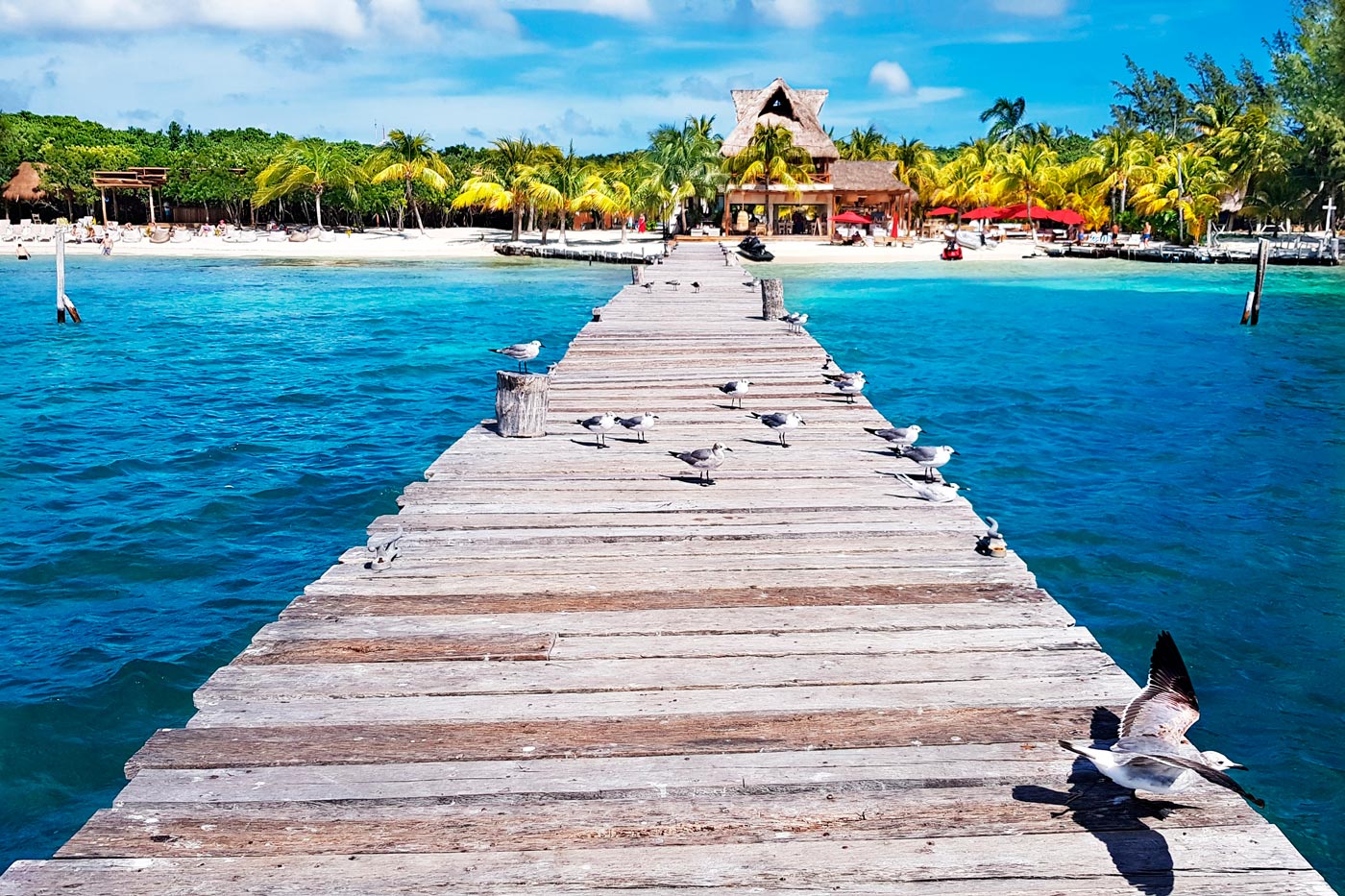
It is ideal for relaxing for a couple of days, having a few cocktails, eating well and hiking through the jungle, exploring Punta Sur and of course booking a boat trip to enjoy the coral reef and the abundant marine fauna of the area with snorkelling goggles.
The state that was put on the international map by the Zapatista uprising is now one of the most authentic and essential destinations. Pure indigenous, forested and tropical south, with the Lacandon Jungle as a reference point, where the rural population continues to preserve its pre-Hispanic roots and ways.
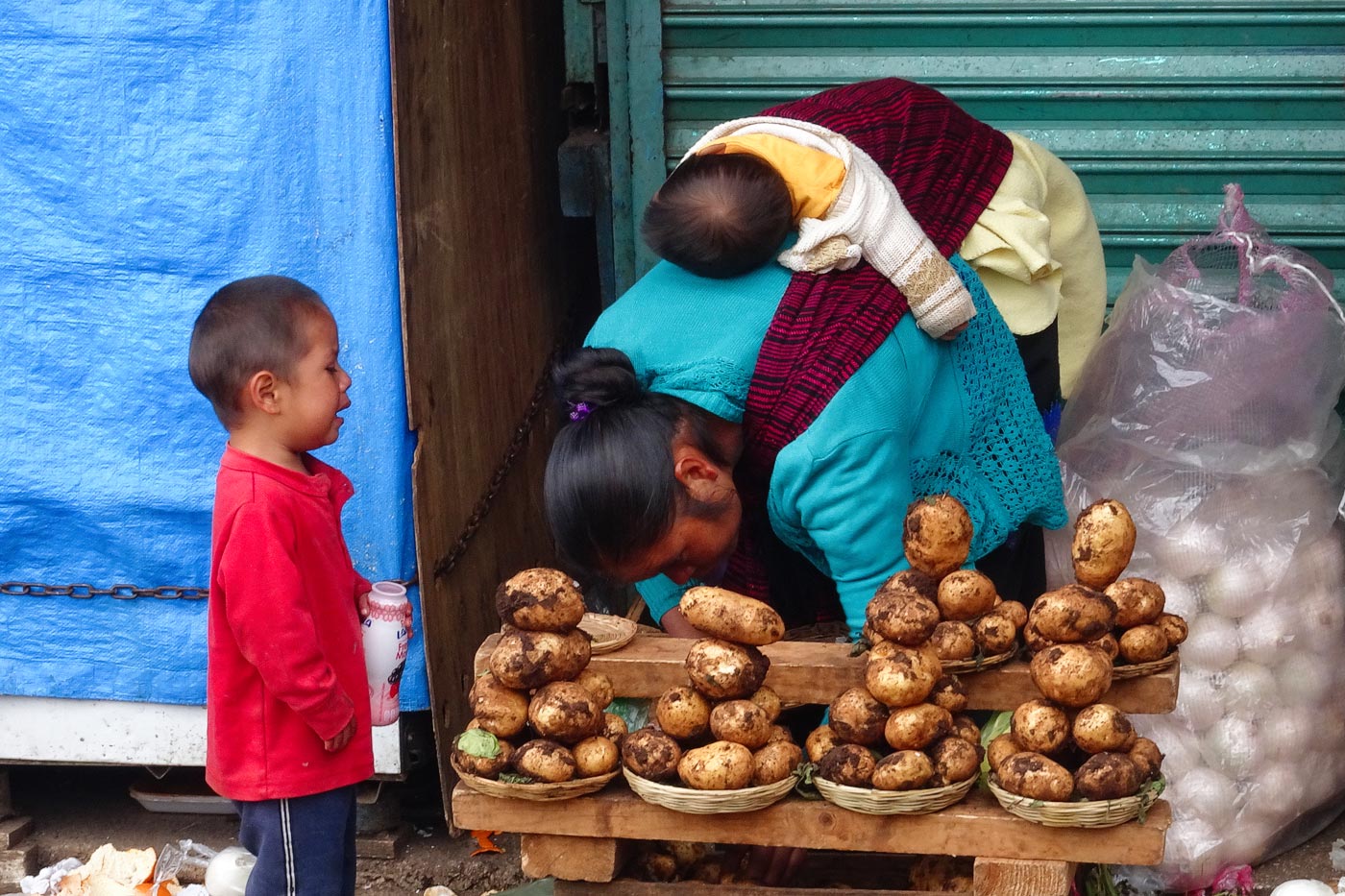
You have to go deep into these mountainous areas to enjoy canyons such as Sumidero, waterfalls such as Misol-Ha or Chiflón and lakes such as Montebello and archaeological sites such as Toniná or Bonampak.
This is the best preserved and most visited Mayan complex in Chiapas, a World Heritage Site. Nestled in the middle of the jungle, it offers a spectacular day trip with a special soundtrack, provided by the birds and howler monkeys.
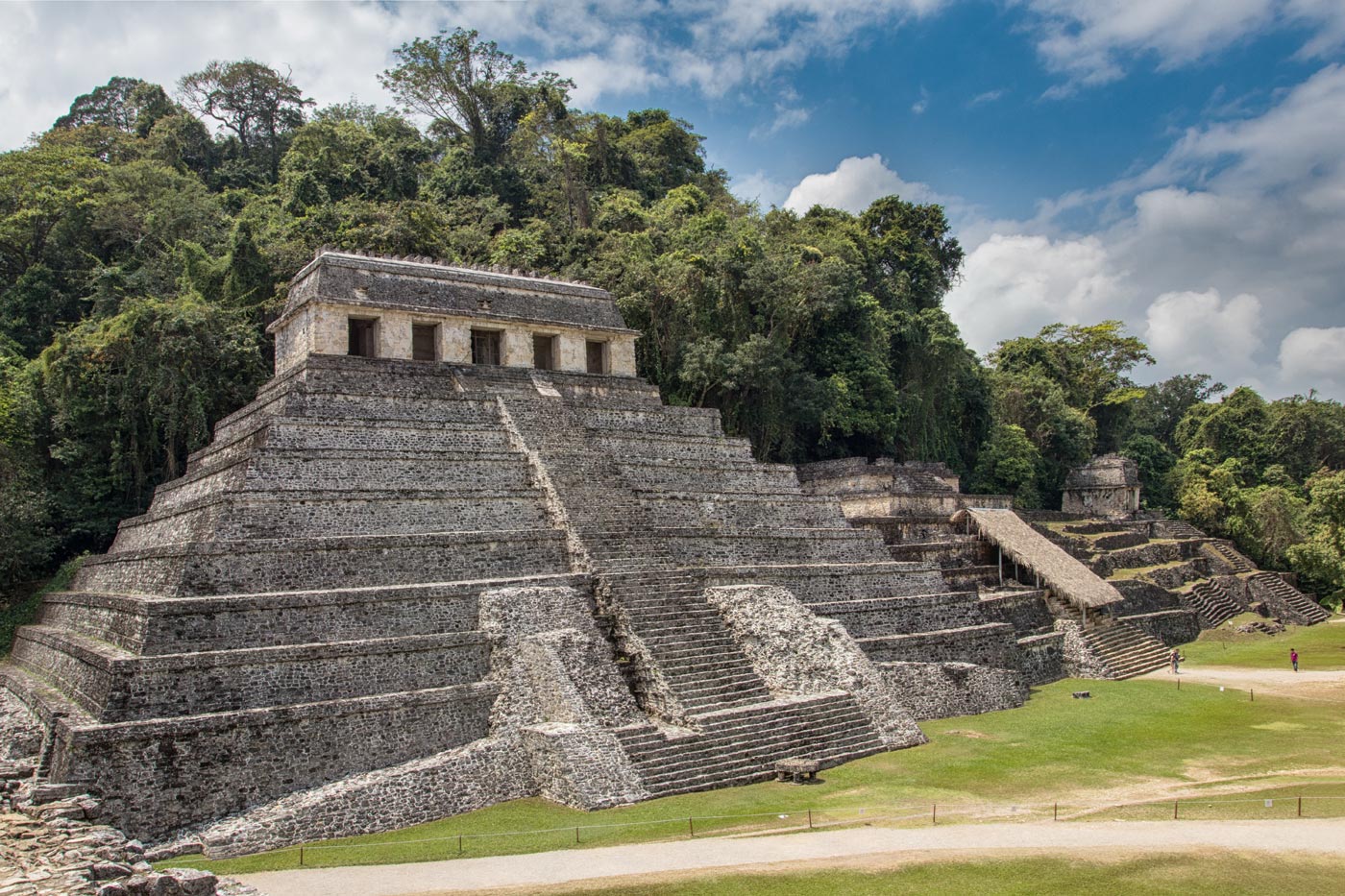
It is also advisable to stop and eat traditional pre-Hispanic dishes such as tamal de bola, cochito de Chiapa de Corzo or mole chiapaneco.
The road that connects Palenque with San Cristóbal de las Casas is in itself quite an attraction due to its jungle surroundings and its layout of impossible curves.
One of the best-preserved colonial cities in the country, with a brilliant cultural life and socio-political activities to defend indigenous rights and traditions.
You can stay in San Cristóbal for a week or a month and you won’t get bored. There are street markets with agricultural products from rural areas, textile cooperatives, crafts, theatres and cinemas, live music in cafés (Café Revolución) and clubs.
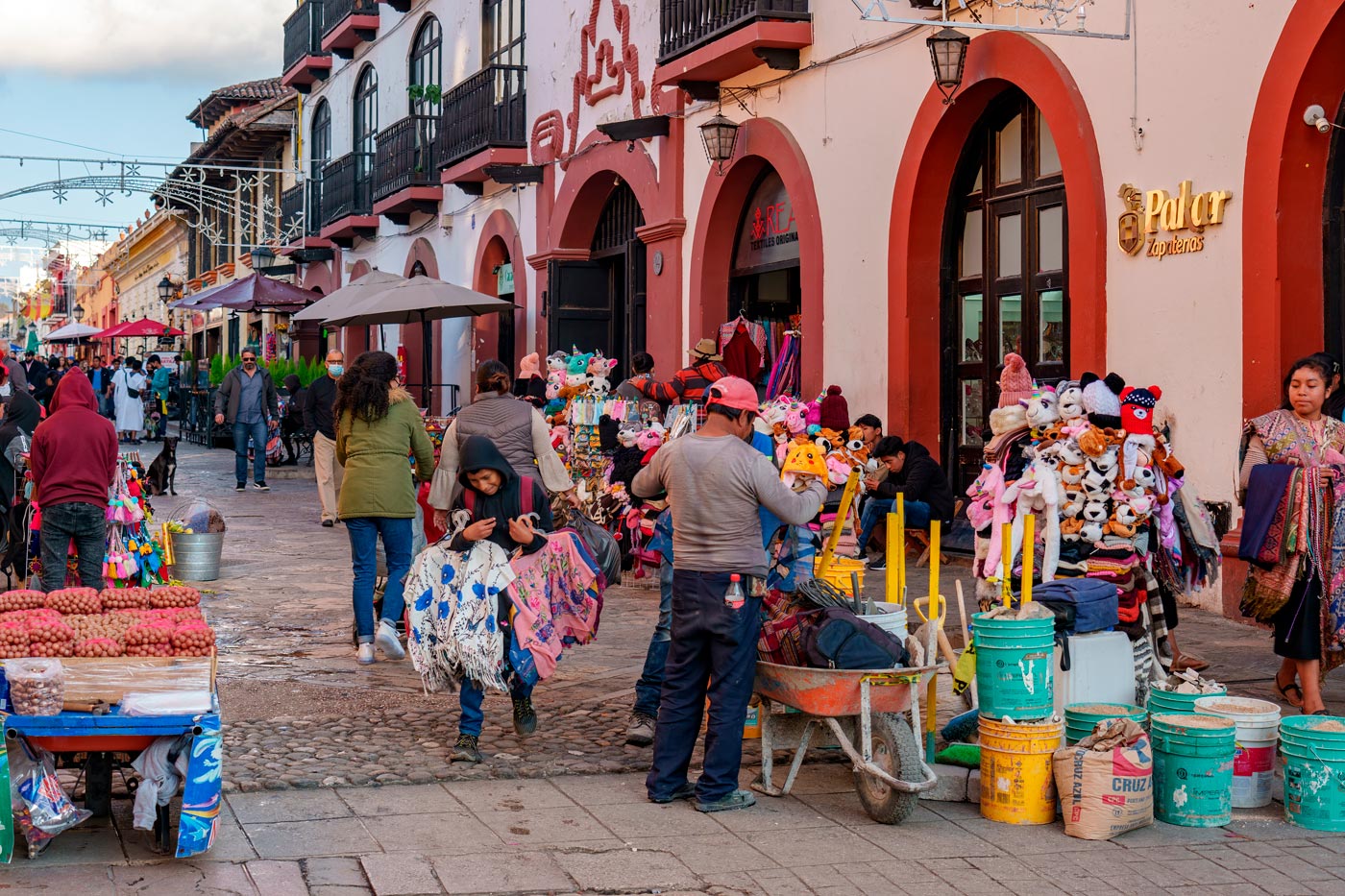
There are also museums, churches and colonial temples, colorful cemeteries, restaurants with a wide variety of cuisine and tastings of the coffee that the people of Chiapas are so proud of.
Don’t forget to go up to San Juan Chamula to discover the rituals that mix the indigenous beliefs of the Tzotzils with the Christian ones.
I confess that I would stay in Oaxaca de Juárez. In fact, I devoted a whole month of my trip through Mexico to devour the capital and the rest of the state.
Along with Mexico City (CDMX), it is the capital with the most cultural activity in the entire country. Museums (of Cultures, the Museum of Oaxacan Painters…), theaters, music in the street, art galleries, an impressive colonial historical center (the Zócalo), markets on half of its corners and a gastronomy that has been declared an Intangible Asset of Humanity.
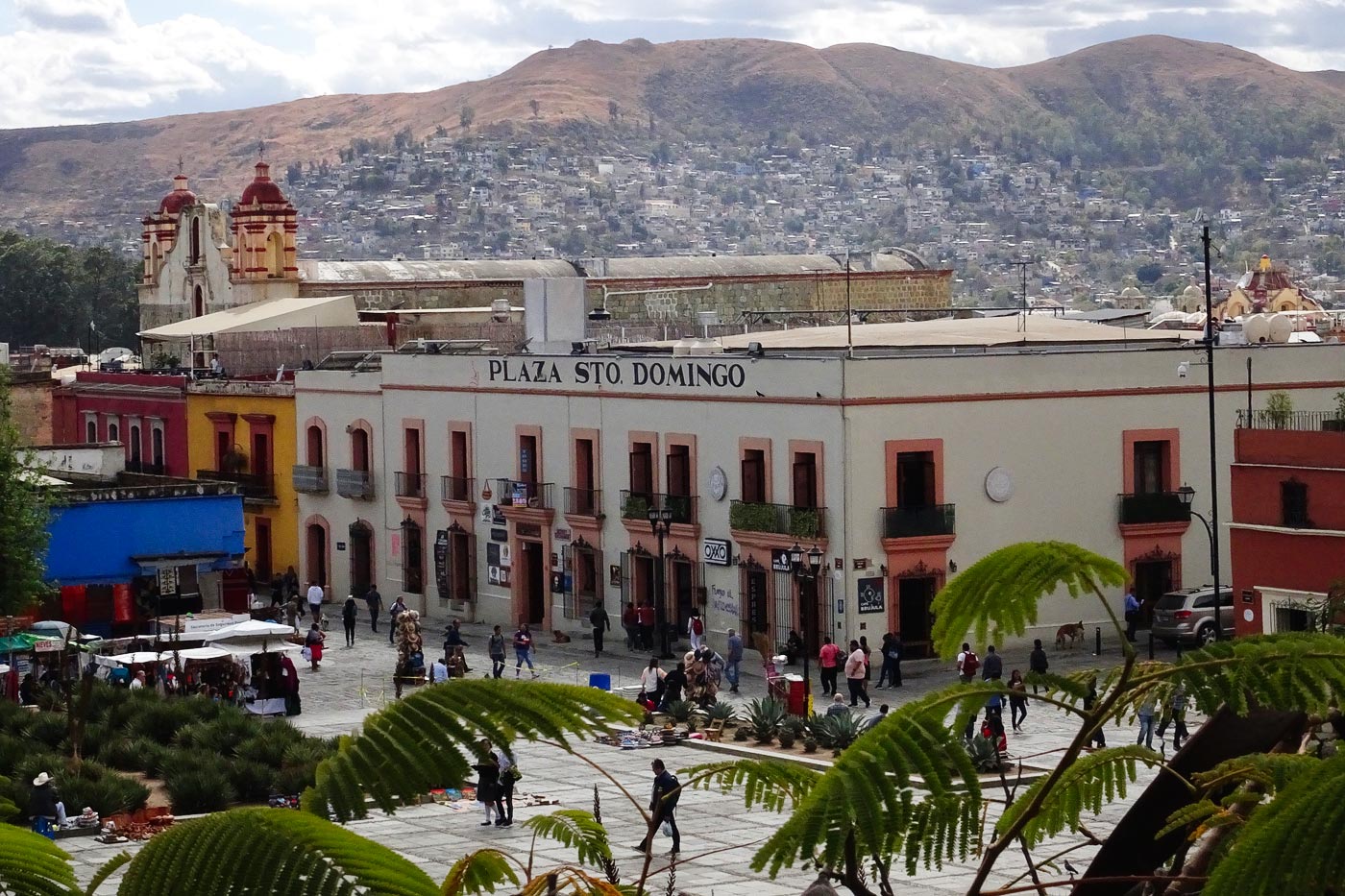
It is a relatively quiet city and walking through its colorful neighborhoods (Jalatlaco, Xochimilco…), entering its cathedral, churches and convents (there is a lot of baroque here) and crossing its markets (the food market is endless) accompanied by the smells of chili and chocolate that make the mole from this state one of the benchmarks of Mexican gastronomy.
Chiapas and Oaxaca would not be what they are without their markets, both in urban and in rural areas. If in San Cristobal the central market (food) and the handicraft markets (San Francisco and Santo Domingo) are the references, in the case of Oaxaca de Juárez there is a more gastronomic component in the main markets in the center.
The 20 de Noviembre Market, with 150 years behind it, takes the cake. Tlayudas (giant tacos with beef, chorizo, guajes, chiles…), chapulines (grasshoppers), maguey worms, all kinds of roast beef, chicken moles and Oaxacan chocolate and coffee, to finish off with a delicious mezcal. Mole and mezcal, the two flagships of Oaxaca.
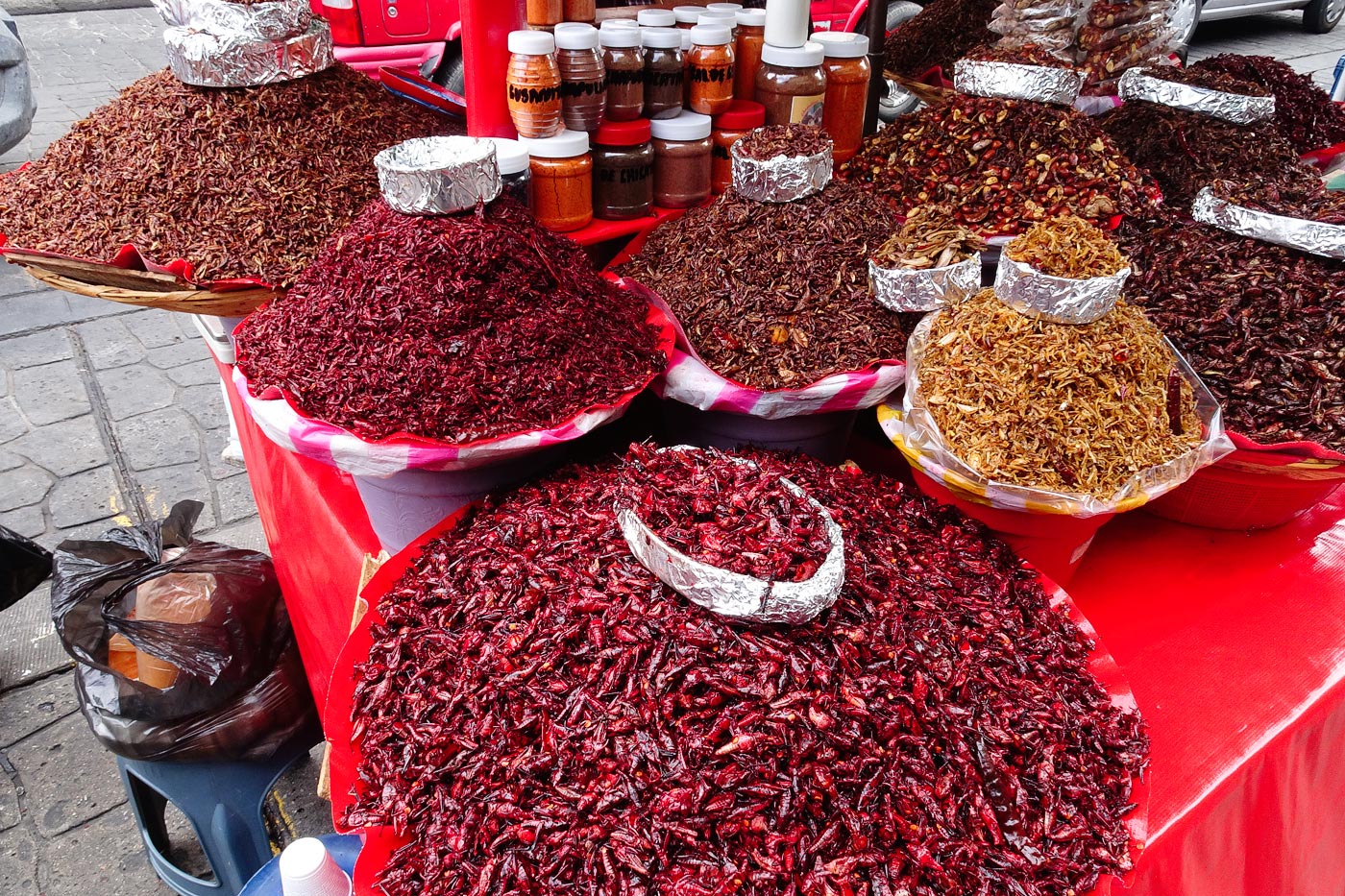
You should also visit Benito Juárez (food and crafts) and further away from the center, the markets of La Merced, Sánchez Pascuas and the Central de Abastos. Don’t miss any of them.
Its petrified waterfalls are reminiscent of Pamukkale in Turkey, and it is one of the recommended visits from the capital, 1.5 hours away. The shapes of its small lakes and pools and the views from above are worthy of a photo with a camera.
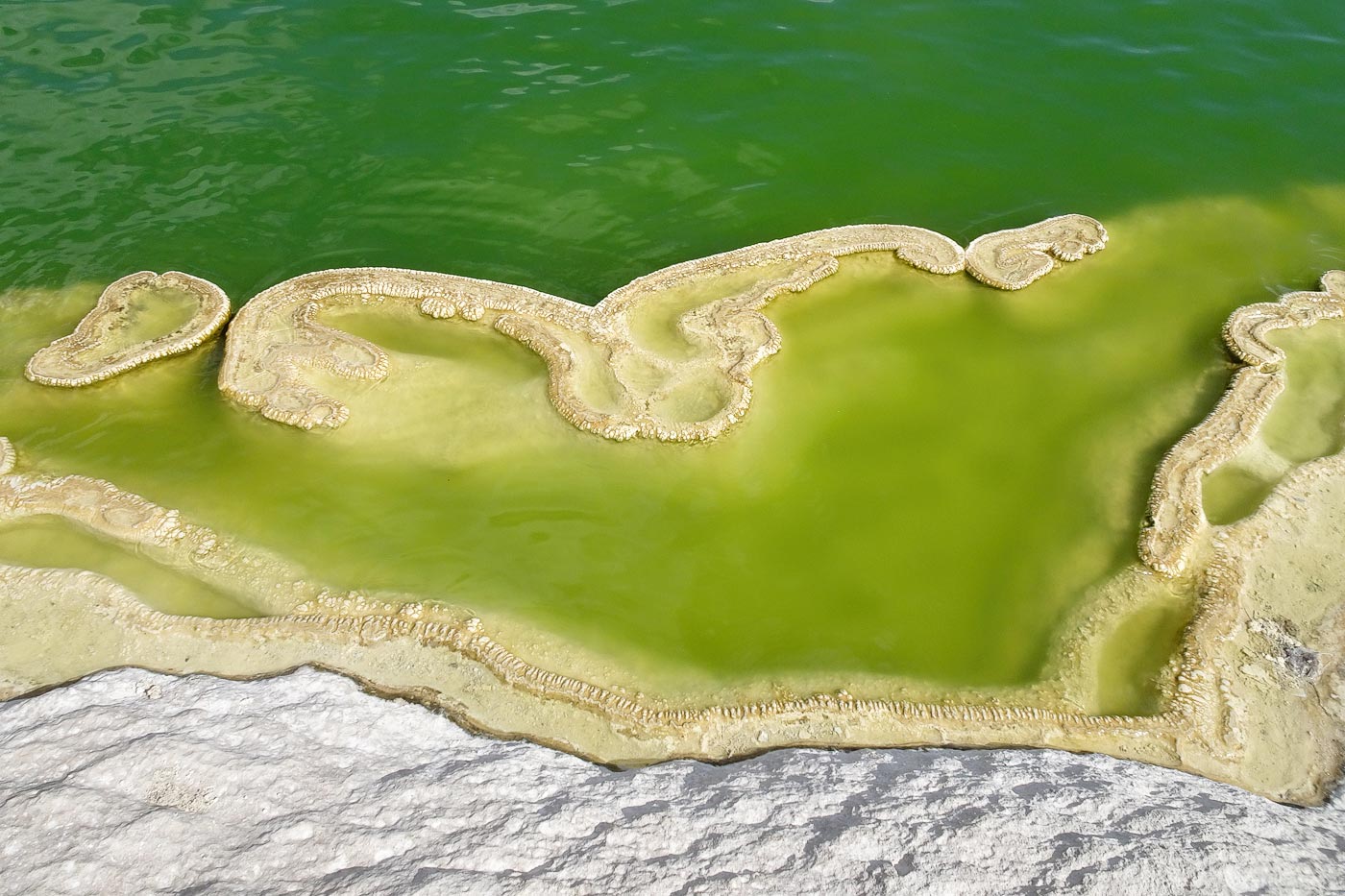
This excursion is a must-see for those interested in visiting a local mezcal distillery. It is also recommended to visit the Zapotec ruins of Monte Albán.
Very few people do it, but it is highly recommended. You can rent a cart (no car used) or a motorbike to go up to the Sierra Norte, also called ‘Sierra Juárez’, because one of the heroes of the country (here everyone is very patriotic), Benito Juárez, was born in Guelatao.
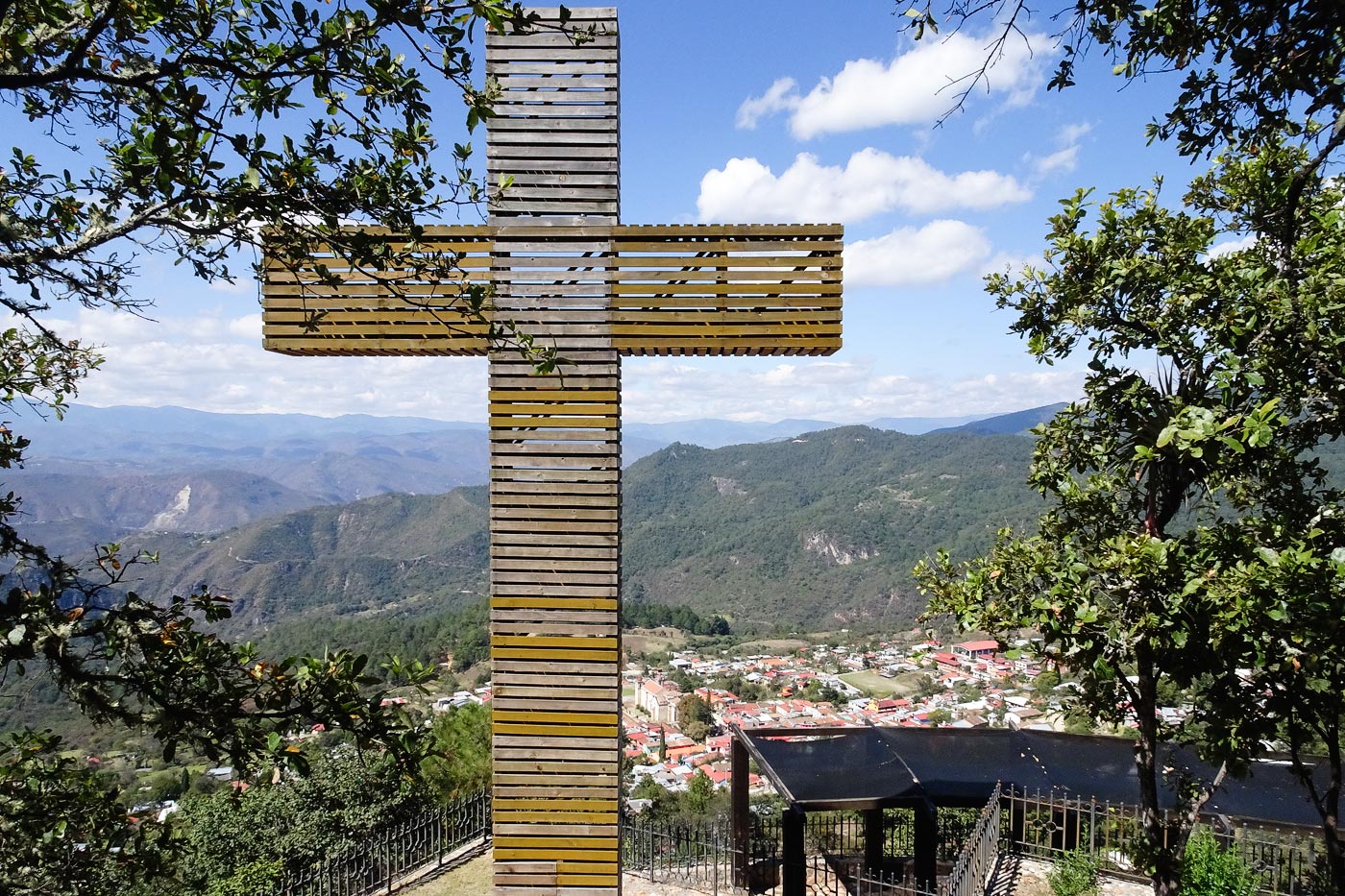
From there, we go to Ixtlán and the magical town of Capulalpam, perhaps the prettiest, nestled in the middle of the mountains that are difficult to access. Afterwards, we can go to Santa Catarina de Lachatao, Latuvi and Cuajimoloyas, all of them ideal places for trekking, some of them very hard, and eating the typical trout from the mountain rivers.
To get down to the beaches of Oaxaca you can go to San José del Pacífico, a town at 2,350 meters above sea level that specializes in inspiring trips thanks to the hallucinogenic mushrooms that are grown in the mountains.
We descend from the mountain towards the Pacific Ocean, here with warm waters, and arrive at Puerto Escondido, the main city in the area, with a great gastronomic variety and beautiful beaches.
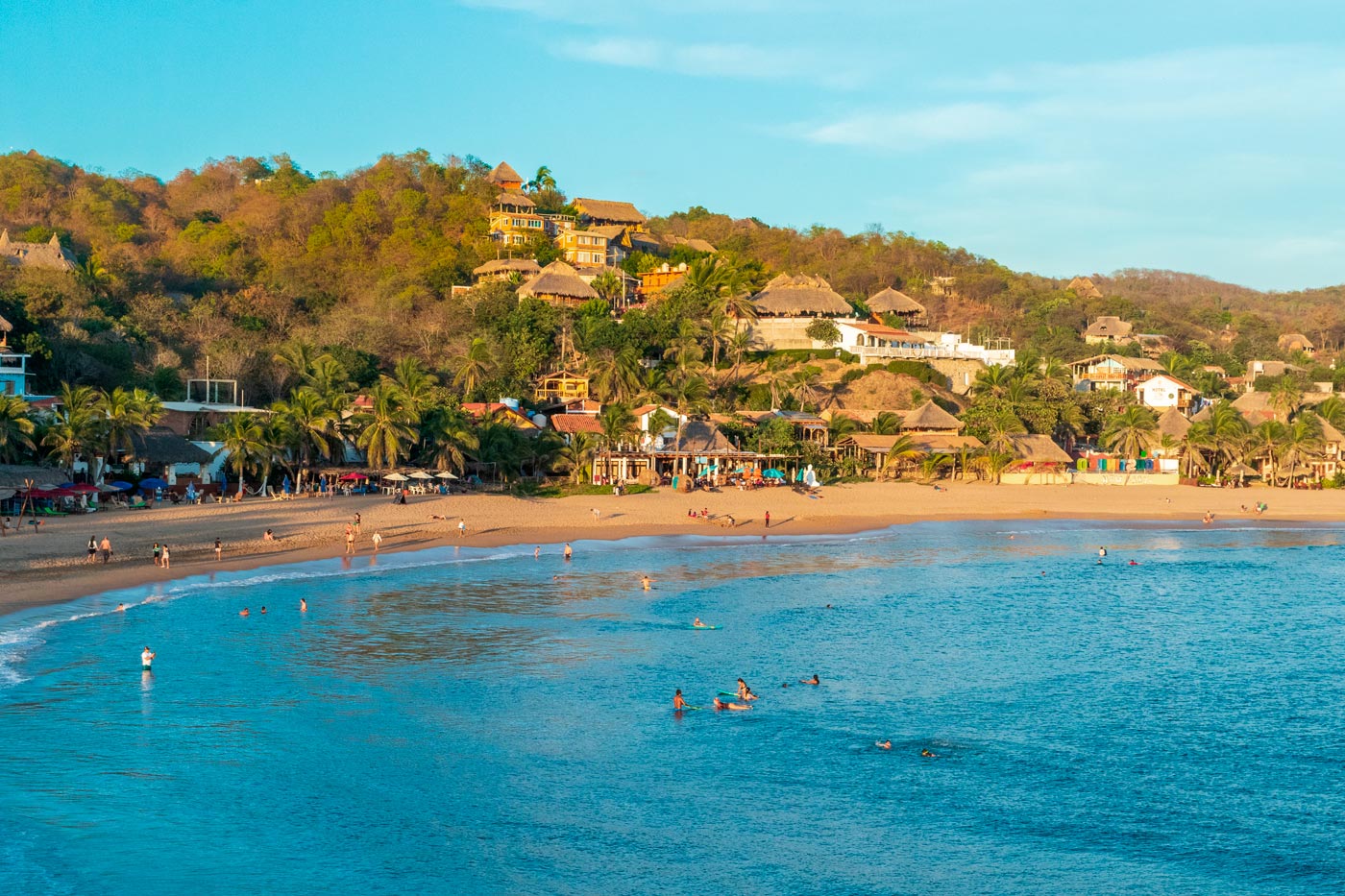
But the best way to get around the coast is by bus or taxi. The beaches of Mazunte and Zipolite (nudist, something unusual in Mexico) are the best, although Mazunte is also popular for international tourism.
In all of them you can eat luxuriously, from shrimp moles and seafood to tlayudas, grilled meats, smoked ribs, tropical fruits, aguachiles and cocktails, many of them with mezcal.
It was founded by the Mexicas in 1325 on a giant lake 2,000 metres above sea level, and was called Mexico-Tenochtitlán. The Spanish arrived and made it the capital of their dominions in America, Asia and Oceania.
It is now a city of almost 10 million inhabitants, with its metropolitan area reaching 20 million, and for me it is a must-see. I still affectionately call it El DF although it is now Mexico City (CDMX).
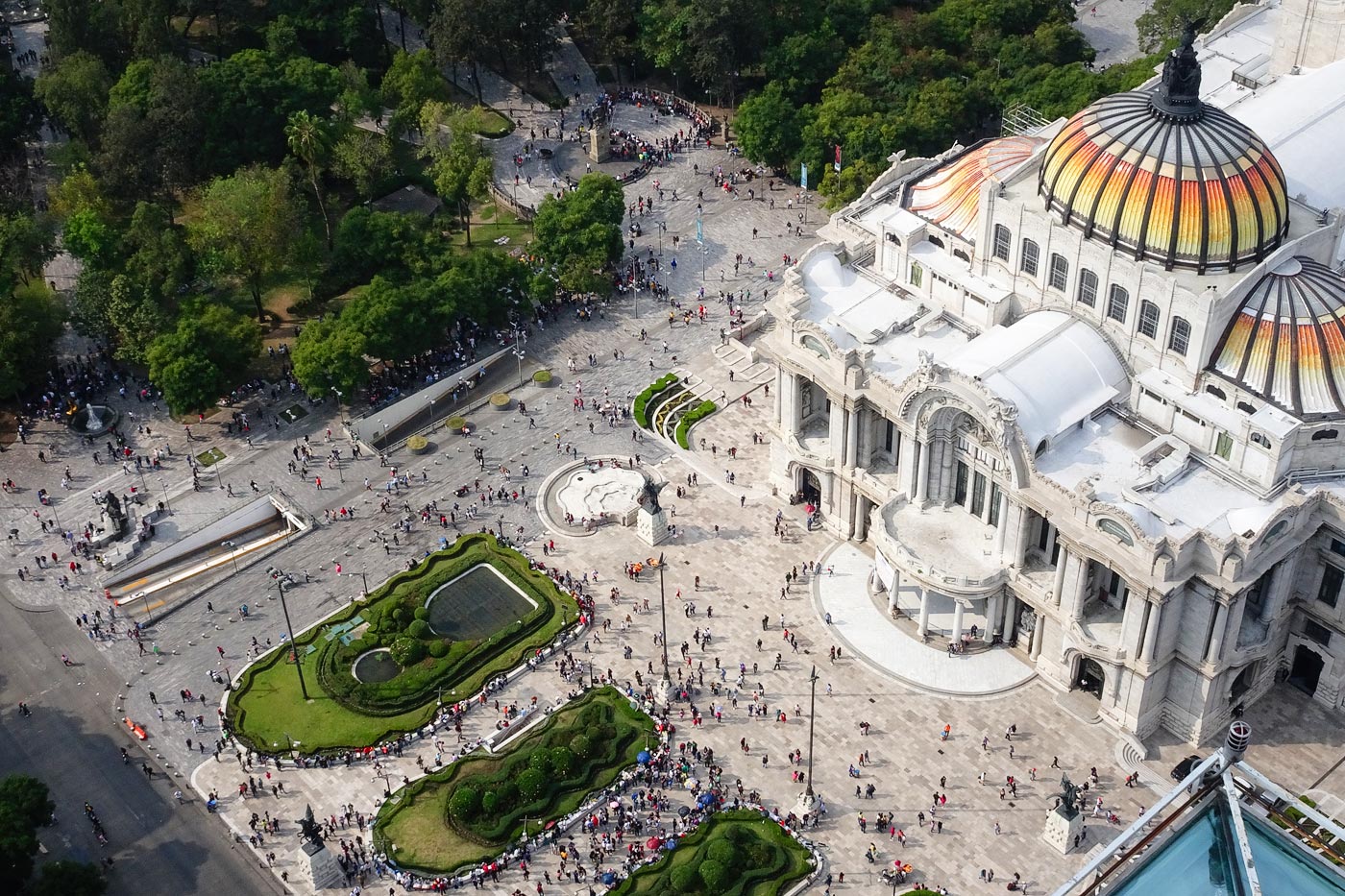
It is the enclave in the entire country with the greatest gastronomic and cultural diversity and intensity, a macro-city that is imposing at first but that works very well, with quite functional public transport (metro and buses) and cycle paths that European cities like Madrid would envy for themselves.
There are also parks, avenues and boulevards that paint green the amorphous architecture of a city that mixes its colonial past, very focused on the historic center, with modern buildings and more or less trendy neighborhoods such as La Condesa, Roma, Polanco, Nápoles, Escandón and the more touristy Coyoacán and Xochimilco, among many others.
The nightlife is broad and diverse, for all tendencies, and to see its museums, cinemas, galleries, bookstores and cultural activities we would need at least a week.
With all the caveats, CDMX is quite safe and the least sexist and homophobic city in the entire country.
We left the capital heading south towards the eternal spring of Cuernavaca (Morelos), ideal for spending a day enjoying its Olmec, Mexican and colonial heritage, the colour of its streets and its tranquillity.
From there we jump to the Heroica Puebla de Zaragoza, where we go to eat and stroll. Get lost from the Zócalo in the historic center, come face to face with the impressive colonial baroque beauty of the cathedral basilica and its two 70-meter towers and wander through the streets of colonial past.
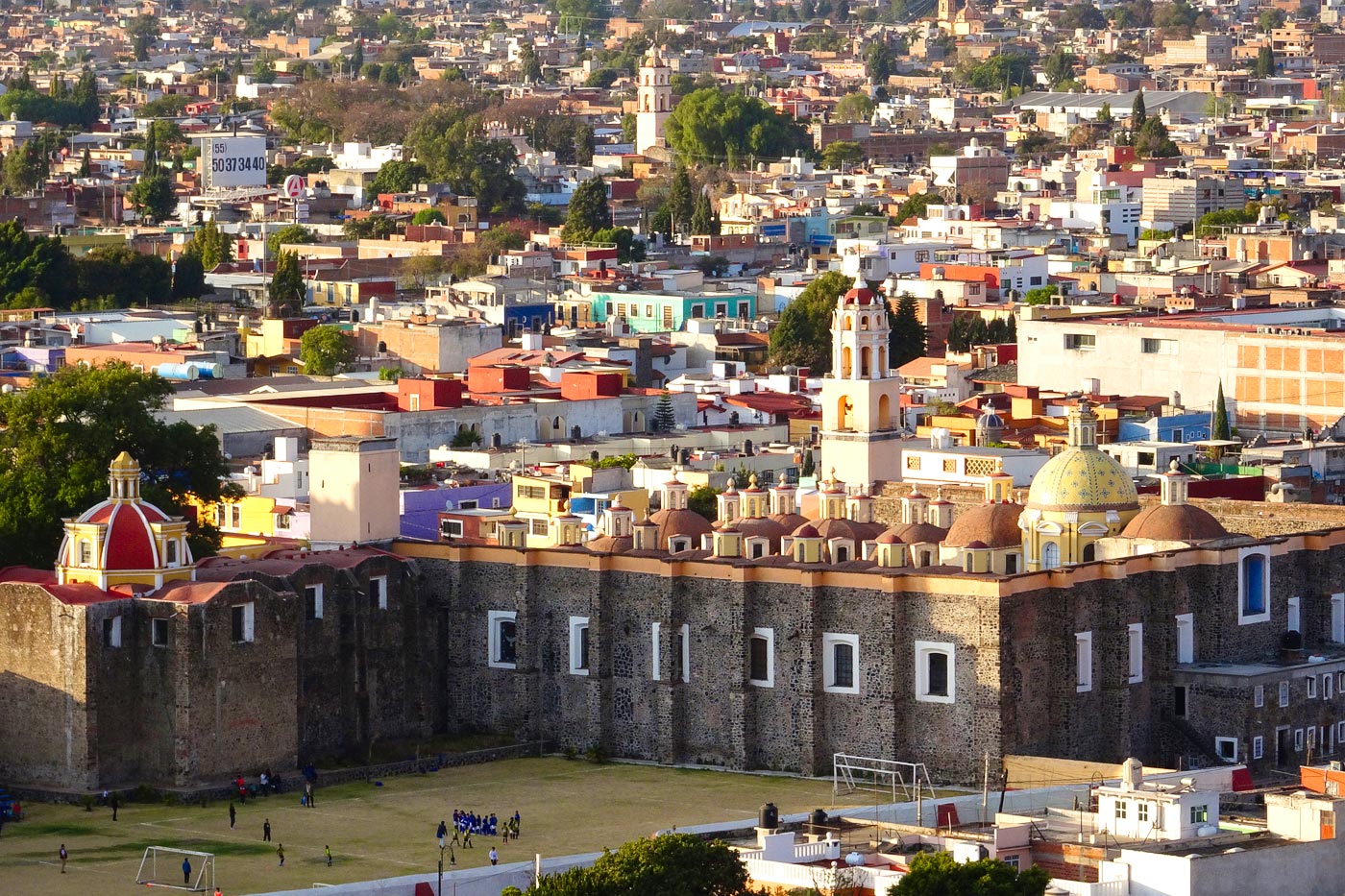
Stop in the markets to eat rajas poblanas, chicken pipián in red or green sauce, molote with huitlacoche, chalupas or try mole poblano, which competes nationally as a reference with the Oaxacan one, as well as drink delicious coffee with churros.
You must visit the temples of Santo Domingo, with its chapel of the Rosary, and San Francisco, go to the Artist’s Quarter, the alley of the toads, the house of Alfeñique and enjoy the views of the Popocatépetl volcano, its perfect cone and its fumaroles.
And of course, go to Cholula, said to be the oldest inhabited city in America, 15 kilometers from Puebla, with its great pyramid and the spectacular Royal Chapel, inspired by a mosque, with its seven naves and 49 domes. And eat in the central market and watch the Voladores de Papantla in action.
Veracruz is the sea, the Gulf of Mexico, and coffee. We take a stroll through the historic center, along its boardwalk, have some seafood and go to the fort of San Juan de Ulúa.
But the best of this state is in its magical towns, in Papantla with its flyers for example, but you should not miss the pre-Hispanic city of El Tajín.
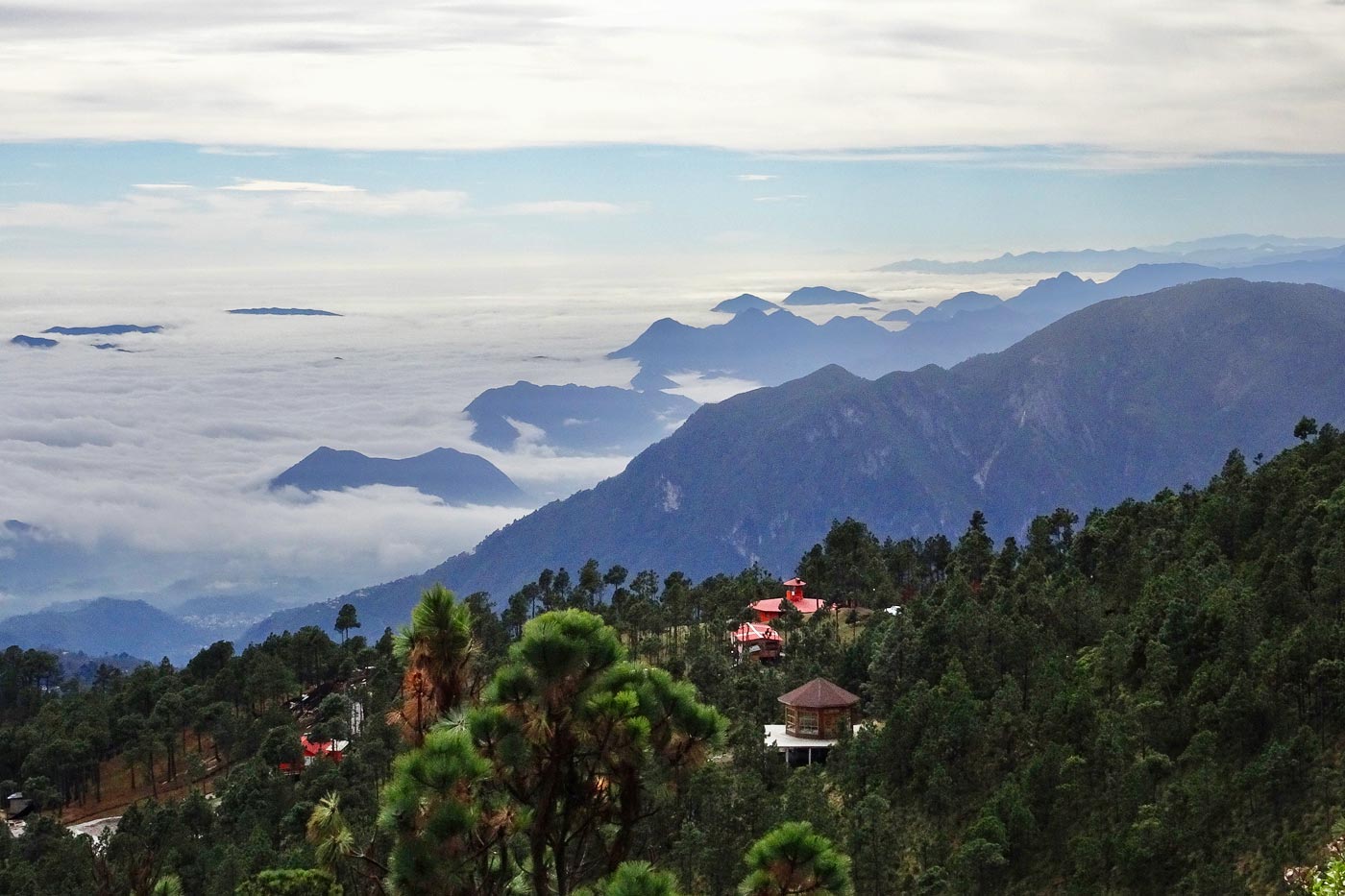
Of course, if you have little time, the best thing to do is to go to Orizaba, a quiet city nestled in a valley, where you can eat and drink deliciously and from where you can take an excursion to the peak of the same name, also known as Citlaltépetl, the highest mountain in Mexico, which will not be difficult to see with snow.
It is one of the great unknowns of Mexico, due to the terrible effects of drug violence, organized crime and whatever else we can think of, not to mention how many mass graves its lands hide.
But everything has changed in recent years. Now it is a relatively calm state, people are lovely, seafood is good, and it has the most beautiful beaches in the Gulf of Mexico.
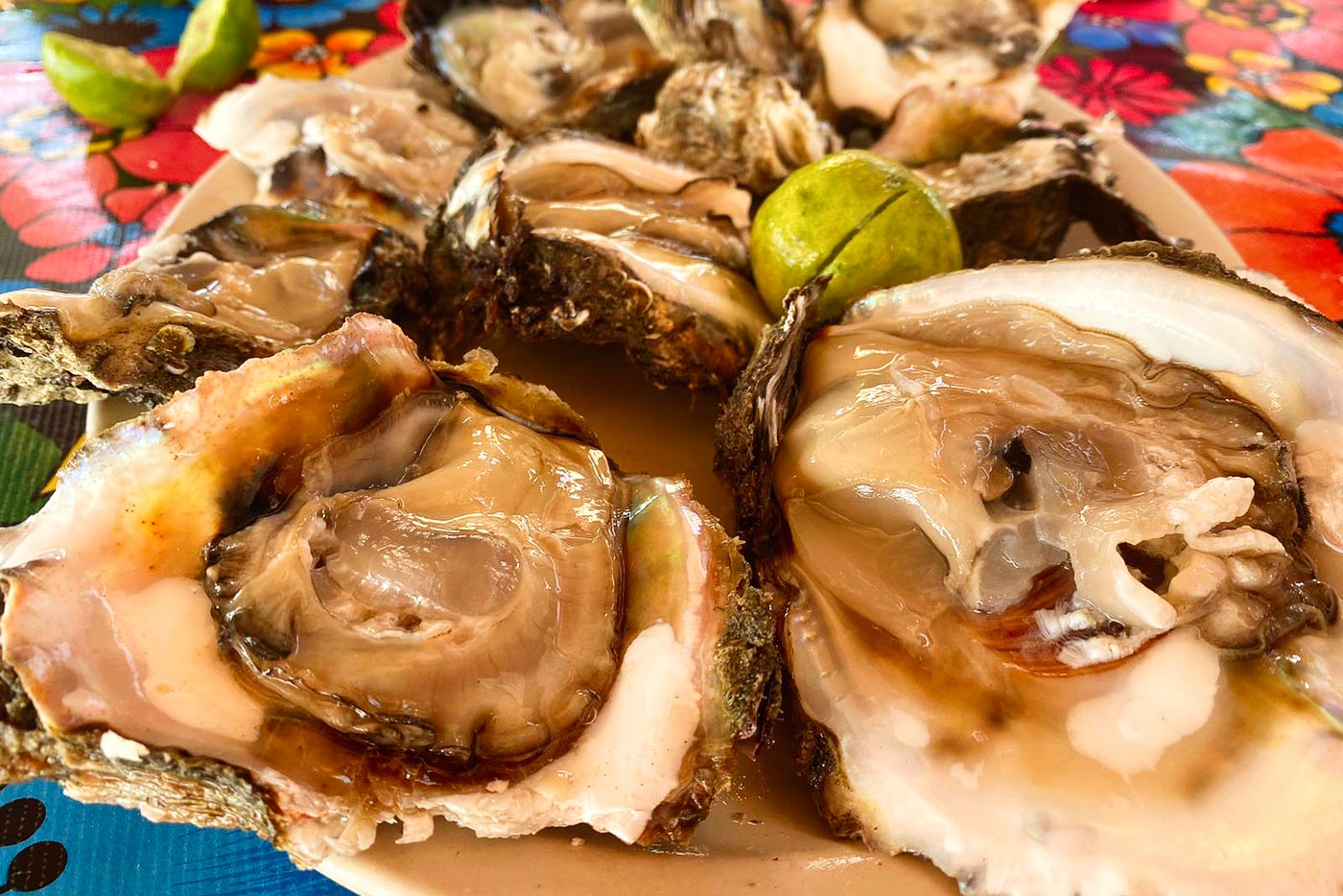
I recommend going to Tampico and enjoying its oysters, its seafood cuisine, its tortas de la barra and the tranquility of its streets and markets. On the way to Aldama, stop at Playa del Paraíso, without beach bars and without tourists, pure Atlantic beauty.
Aldama is pure village tranquility, from there to Barra del Tordo beach, a true paradise to be exploited from where you can go fishing with the locals and then cook part of the fish with them (sardo, red snapper, tuna…)
The Tolantongo Caves (State of Hidalgo) are a group of caves and pools (about 40 descend in steps along the ravine) that emerge from the mountain and where you can bathe, with their thermal waters and turquoise color.
There are also ziplines and waterfalls, everything is prepared to be done in one day from CDMX.
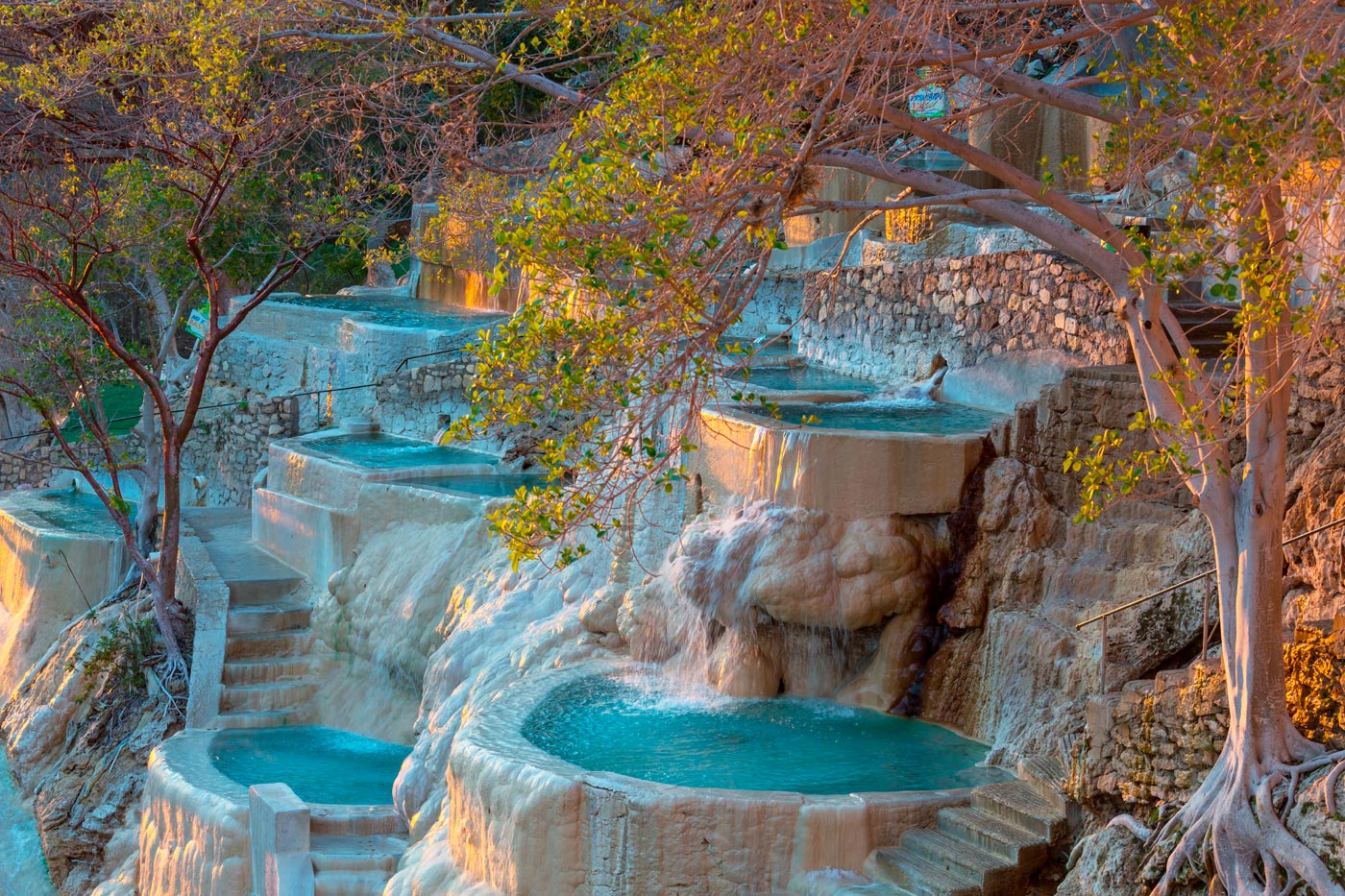
A nice nearby visit is Santiago de Querétaro, a quiet city with colonial architecture, a historic center and a surprising and well-preserved aqueduct.
And to finish up, we will go to the magical town of San Sebastián Bernal, where one of the largest monoliths in the world is located, the Peña Bernal, which can be seen and climbed in different ways.
The central plateau (altiplano central) is a vast one wedged between the Sierra Madre Oriental and Occidental in north-central Mexico. It is an evocative space, worthy of being explored by car, motorbike or, better yet, a camper van.
But let’s not get carried away, you can also do it by bus or hitchhiking (ask for a ride or a lift, “aventón” as they say).
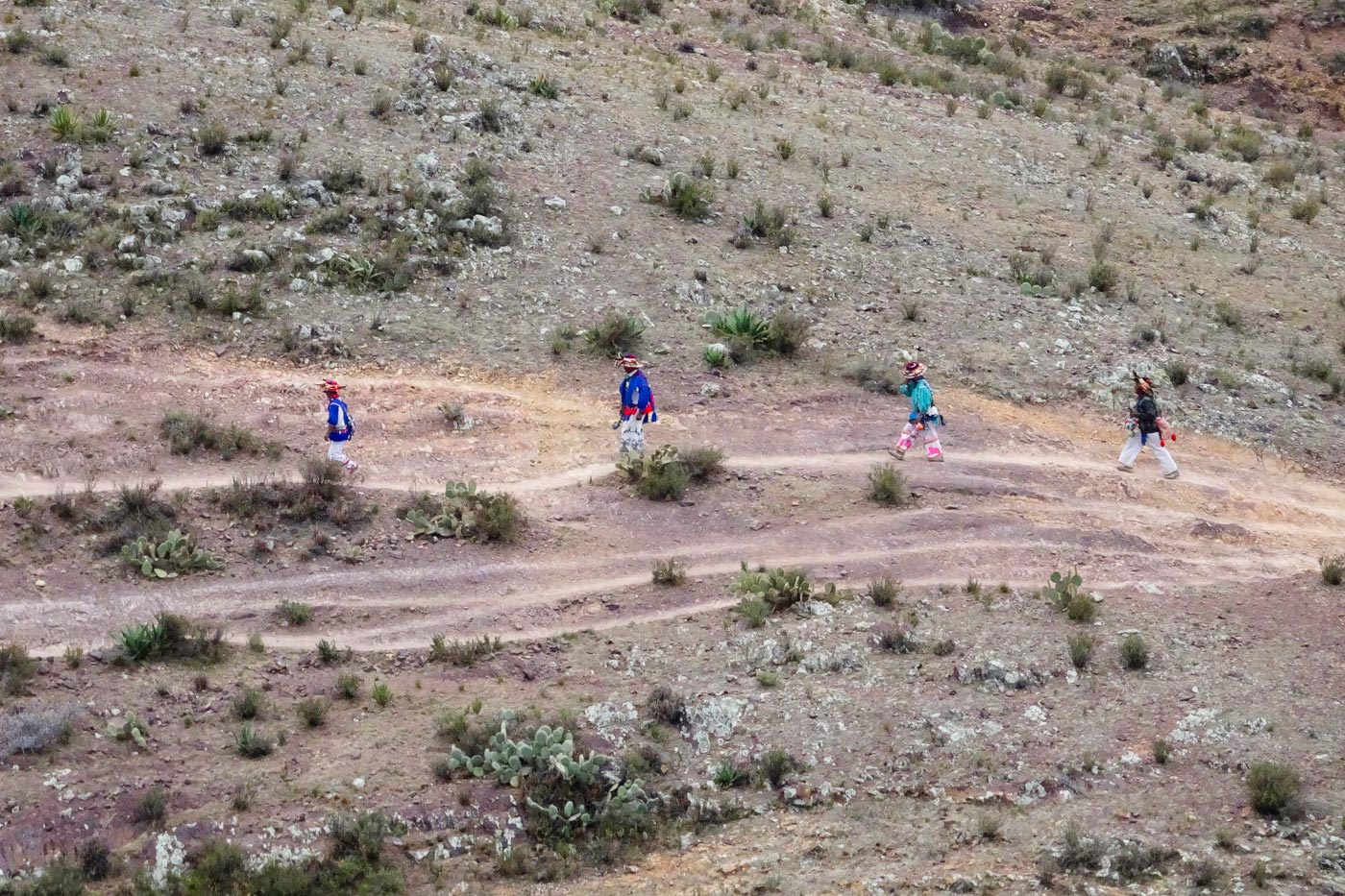
Here we begin a journey that will take us through some of the most beautiful states, towns, cities and landscapes in the country, from San Luis Potosí to Guanajuato, passing through Zacatecas, Aguascalientes and Durango, and through the lands of the Huichol people, the peyote culture, the desert, the mining areas and the production of Mezcal, which is not only made in Oaxaca.
Peyote is not a drug, nor is ayahuasca or mushrooms. It is a plant, a medicinal cactus, food for the soul and for cleansing the spirit, a natural safe-conduct to look inside ourselves and reconnect. That is why it is sacred to native peoples such as the Huichol, the Tarahumara, the Chichimecas, and others.
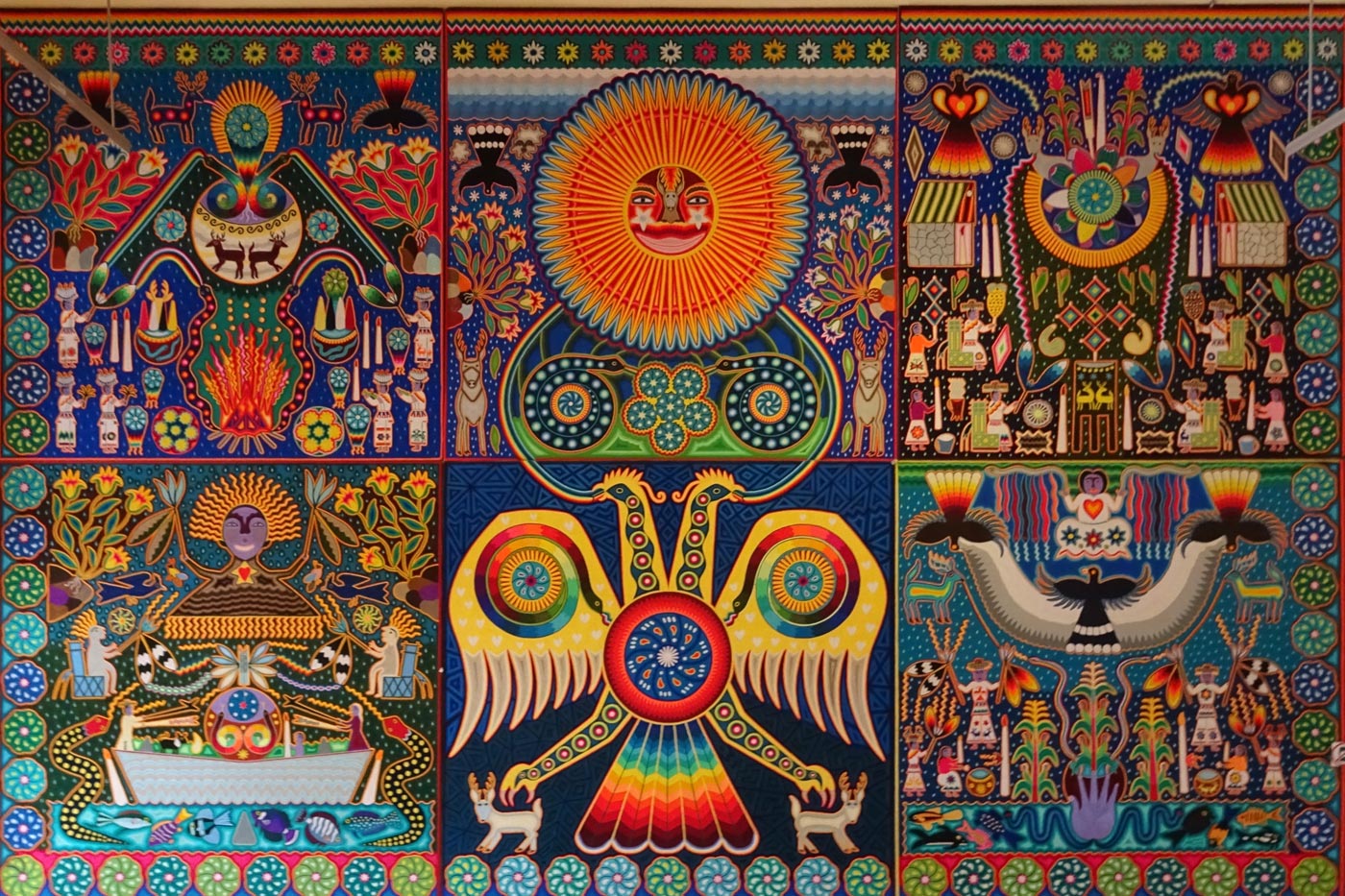
Traveling through the state of San Luis Potosí, through the semi-desert of Real de Catorce and Wadley, crossing the high plateau, skirting part of the border with the United States and tangentially through Durango will allow us not only to travel through a beautiful part of Mexico, but will also enrich us culturally by how the peyote culture is perceived in crafts, textiles and clothing, in the gastronomy of the area and in the attitude of the natives and heirs.
Stopping for a few hours in the city of San Luis Potosí will reward you with a nice walk through its colonial center and some delicious gorditas that will nourish your stomach as well as your spirit.
We stopped in Matehuala and went up to Real De Catorce, a town located on a hill from which you can see the high plateau desert, once a rich silver mining town now converted into a tourist attraction, which also continues to be a ceremonial center of the Huichol culture, on Cerro Quemado.
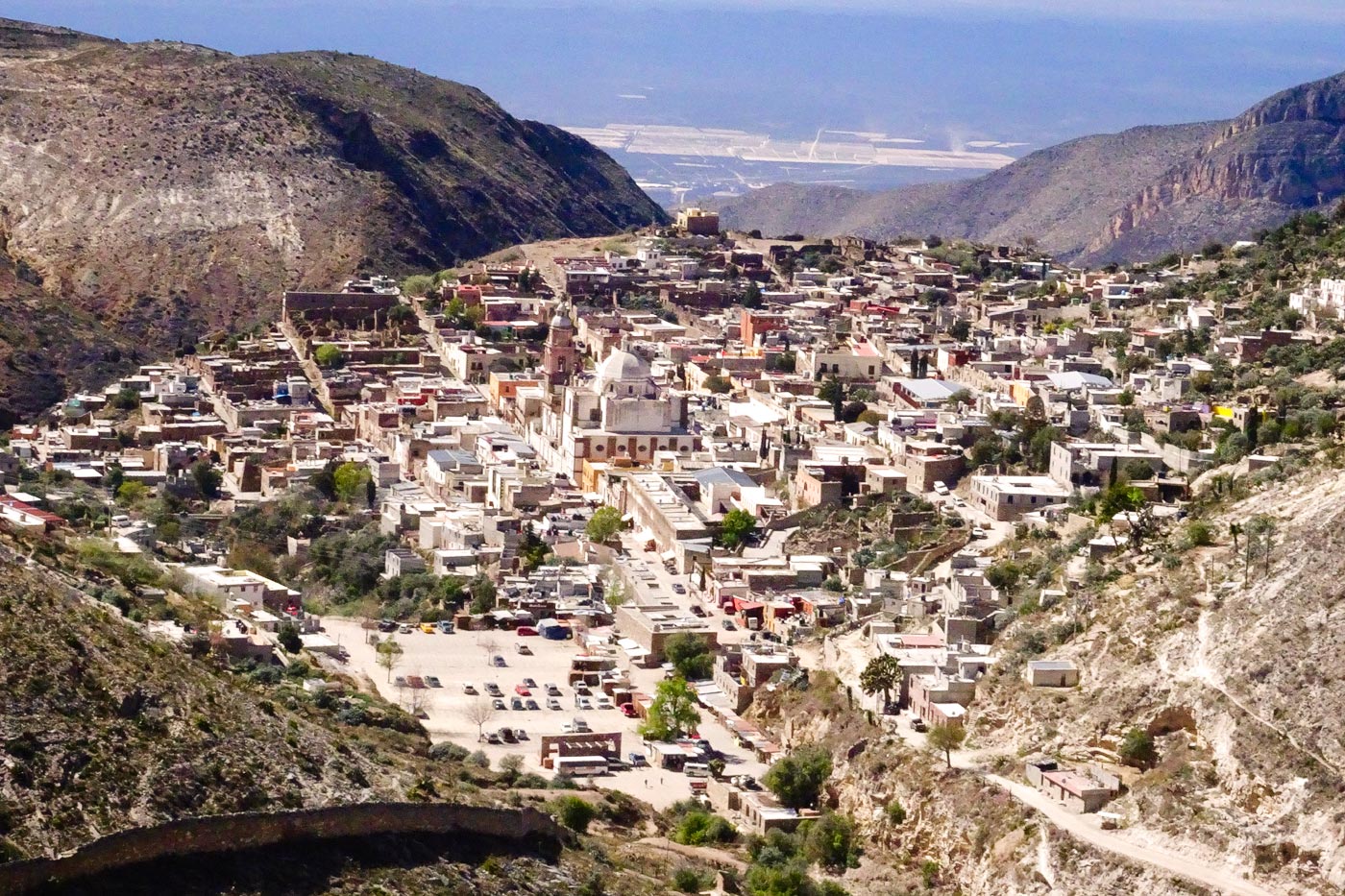
Just getting there is a small odyssey along its cobbled road that climbs up, and walking through its half-decaying, half-designed streets for charming little hotels is wonderful. The food is very good, and the town is quiet, although very touristy, but only during the day. It is worth spending one or two nights to enjoy its slowness and starry sky.
You should visit the museum and climb up to the ghost town, the one left by the miners after the end of the mining. Going down the narrow road towards the desert and visiting the two train stations (Wadley and Real) is reminiscent of a Peckinpah western. Once down there, all that remains is to devote yourself to the search for the sacred plant among the large cacti and mesquite trees.
Next to the desert but in the heart of the Sierra Madre, the region is crossed by numerous rivers that have created spectacular landscapes, from waterfalls and caves to large step pools, all surrounded by semi-humid jungle.
You can enter through Ciudad Valles, but from there it is best to move around, if possible by car, to places like Tamul, a waterfall with a drop of 105 meters that you reach by paddling a boat upriver through a canyon of sharp limestone rocks.
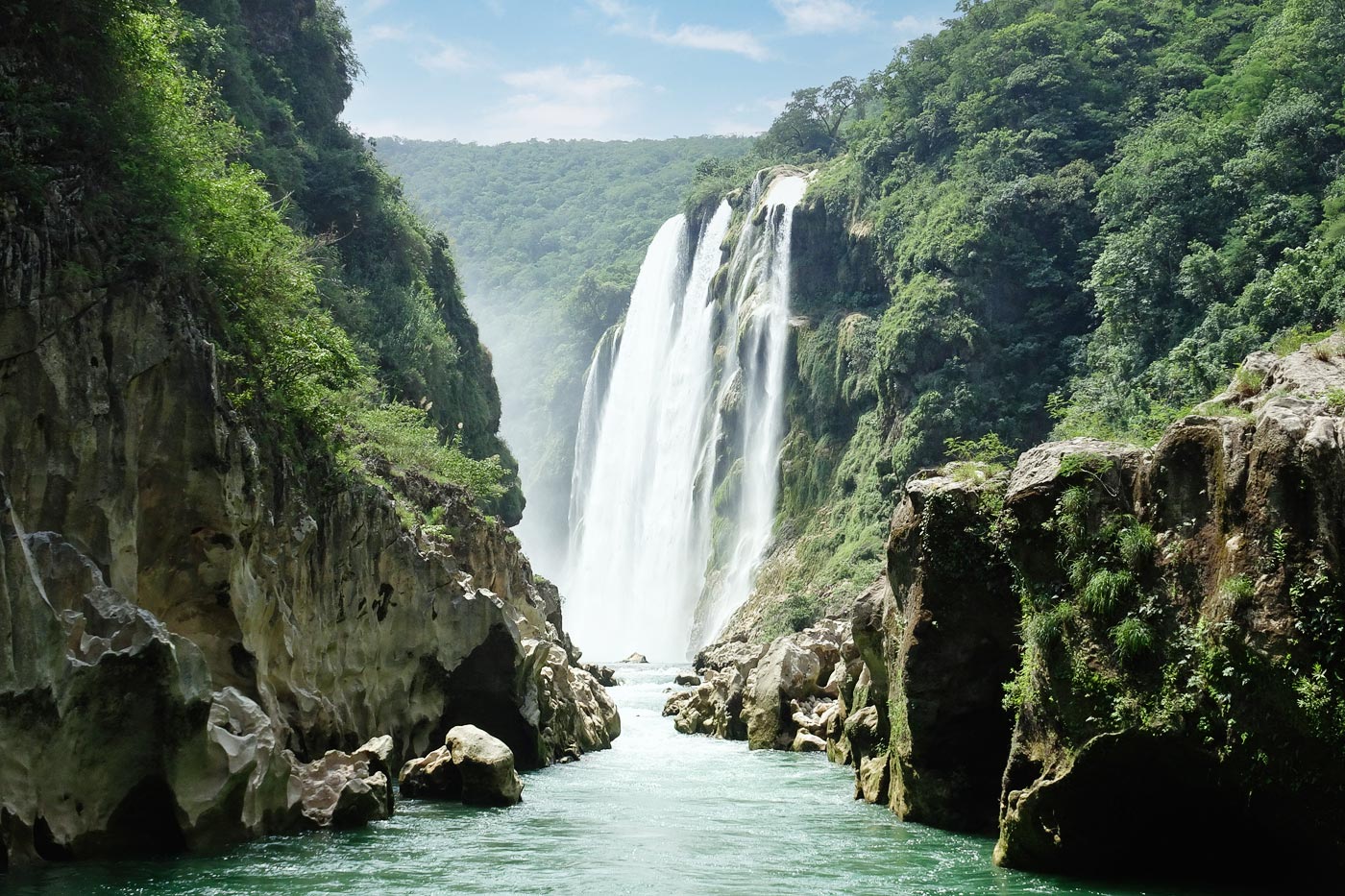
Throughout the area you can enjoy baths and pools of turquoise water, except during the rainy season, when the waters are stirred up. It is recommended to book the excursion to the seven jumps at the Mico waterfall, also go to the Tamasopo waterfalls and spend a night in Aquismón, a quiet magical town where the food is very good and cheap.
The predominant colour in this pleasant city is pink, and in the middle of it all stands one of the most impressive cathedrals in all of Latin America. Dedicated to the Virgin of the Assumption, it combines Churrigueresque, neoclassical and baroque styles.
You have to get lost in the streets of the historic centre, stop for a coffee, a mezcal and taste the gorditas filled with many different stews. Go up to the Mina del Edén (it’s worth the full visit), which enriched the city with its gold and silver.
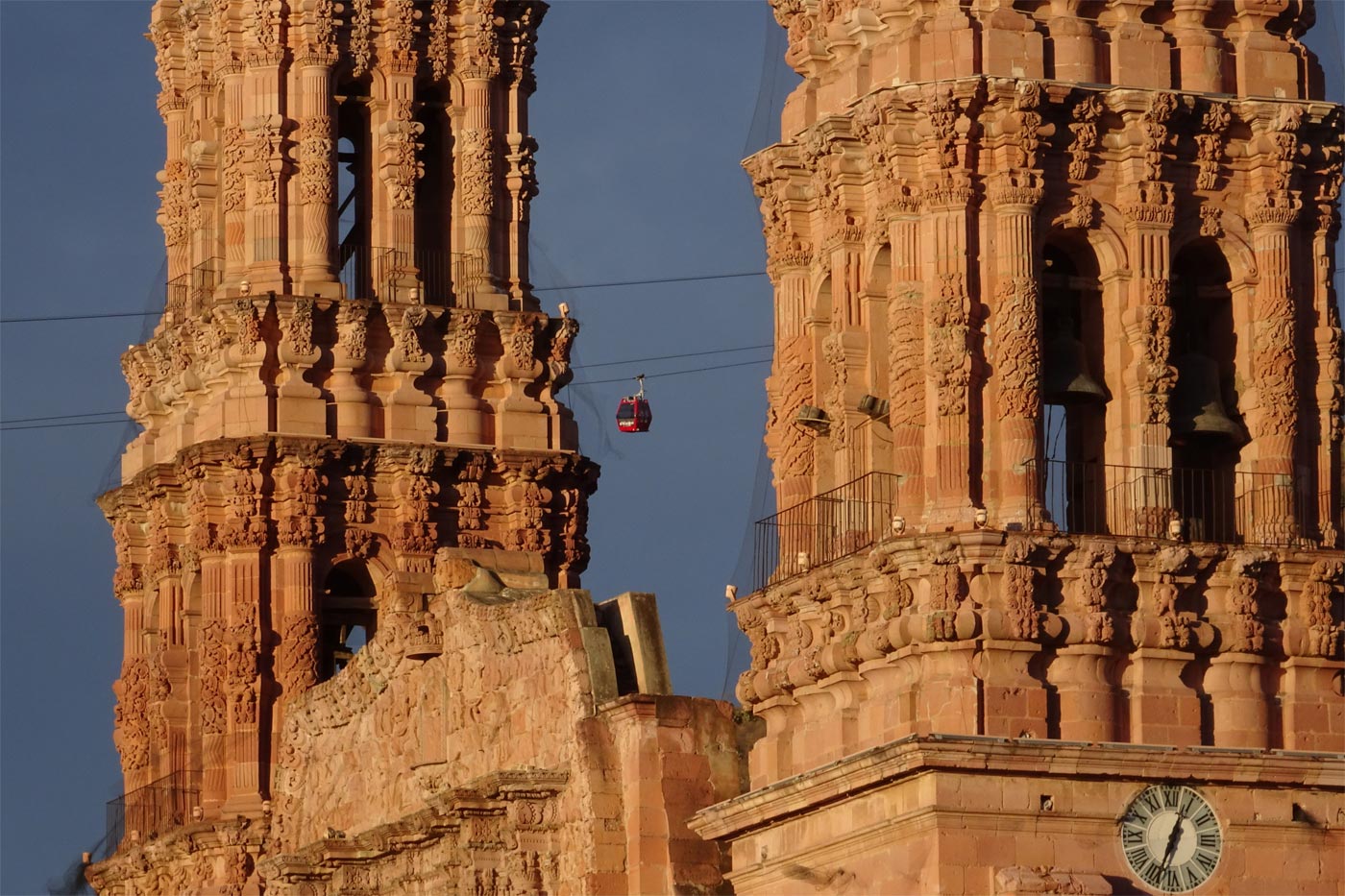
You also have to go up to Cerro de la Bufa (on foot or by cable car) and what for me was the great discovery of this city, the Rafael Coronel Museum, located in the old temple and convent of San Francisco.
For years, Rafael and his brother Pedro (an abstract and figurative artist) collected impressive works by Dalí, Miró, Picasso, Goya, Kandinsky and Diego Rivera, but also pre-Columbian art, African pieces and some 11,000 masks.
Just a stone’s throw away is the magical town of Guadalupe, with its museum of viceregal art.
Cervantine, cultured, cheerful, fun and colorful, full of college students, theaters, small movie studios (La Mina, Museo del Quijote, university halls), art galleries and good traditional food. It could be the most beautiful colonial city in Mexico, but why compete at this point?
We start off at Plaza Allende and the impressive Cervantes Theatre and the two large sculptures of the illustrious nobleman and his faithful squire. Every year in October the Cervantes Festival is held in a city that breathes freshness and dynamism all year round due to its student atmosphere.
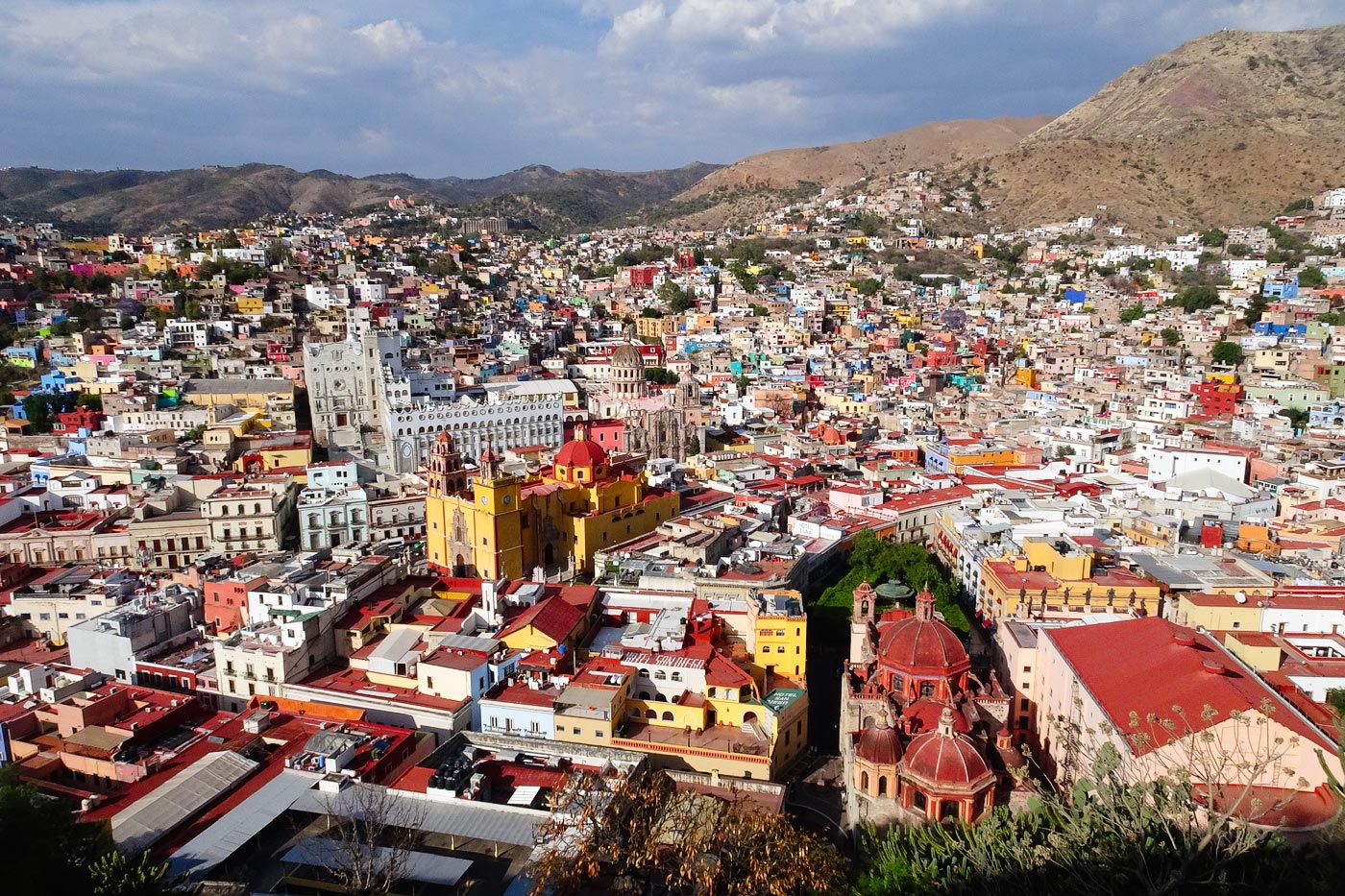
You must see the baroque and pinkish Temple of San Francisco, get lost in the alleys of the city, enjoy the viceregal churches, the neoclassical mansions and the Victorian and French-style buildings (Paseo de la Preseo) that the dictator Porfirio Díaz ordered to be built, bringing in good European architects.
For the more daring, the best views are from the Bufa hill (I climbed it on foot), or from the Pipila viewpoint, which is more accessible. The Alhóndiga de Granaditas is well worth a visit, as is the public university, the Diego Rivera house museum, the mummy museum, and, to top it off, you have to eat a super guacamaya (a bread sandwich filled with meat and pork rinds with a thousand sauces) in the market.
A little over an hour by bus from Guanajuato we find the cradle of independence, where the priest Manuel Hidalgo, from the atrium of his parish, in the early morning of September 16, 1810, launched the Grito de Dolores to call on the people to take up arms against the regime of the Spanish viceroyalty.
It is a quiet town, with colorful facades like in almost all of Mexico, and delicious market food. You must go to the cemetery where there is the mausoleum tomb with the giant hat of José Alfredo Jiménez and his epitaph hymn “life is worth nothing.”
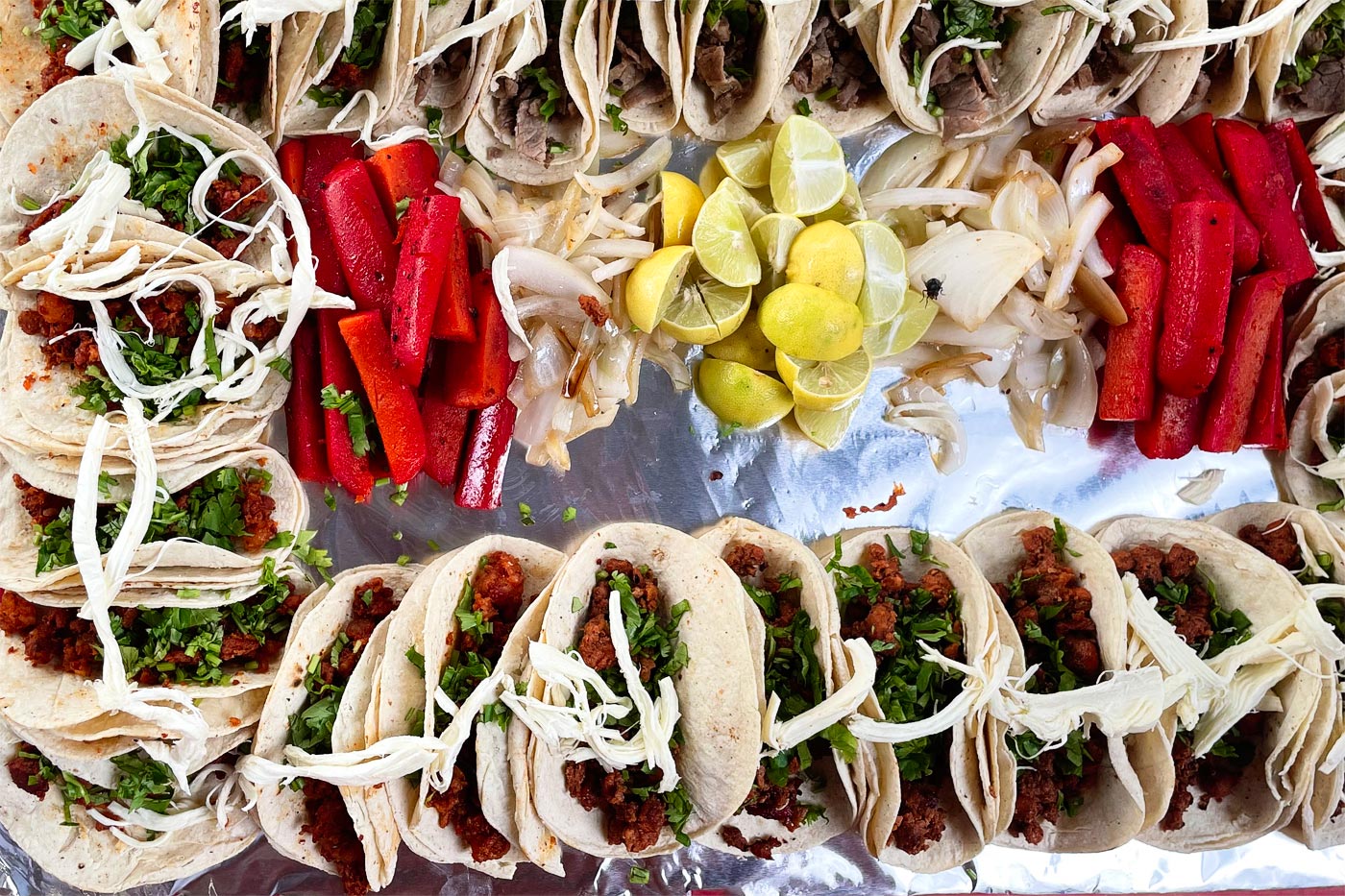
Reddish and pink colors also adorn the beautiful San Miguel de Allende, also in Guanajuato, which was named after Ignacio Allende, the insurgent who, together with Hidalgo, started the independence process.
It’s a pleasure to stroll along the cobblestone streets and enjoy the colorful facades, churches and craft shops, but at the cost of being in a very expensive destination. This is because years ago San Miguel became a retreat for American retirees and this is reflected in the prices.
There is a hidden treasure in the School of Fine Arts, a gallery with an unfinished mural by David Alfaro Siqueiros, of spectacular beauty and perspective. Siqueiros, Diego Rivera and José Clemente Orozco form the main trident of Mexican muralism of the 20th century.
And we arrive at the birthplace of agave and tequila, Jalisco. The municipality that gives its name to the state is very focused on tourism and the tasting of that precious wine that has made Mexico so famous throughout the world.
It is recommended to spend a morning enjoying a walk through the town and its wineries, perhaps visiting a plantation, tasting tequilas and finishing off by settling your stomach in a restaurant where you will also drink tequila before the beer and meal, during and at the end.
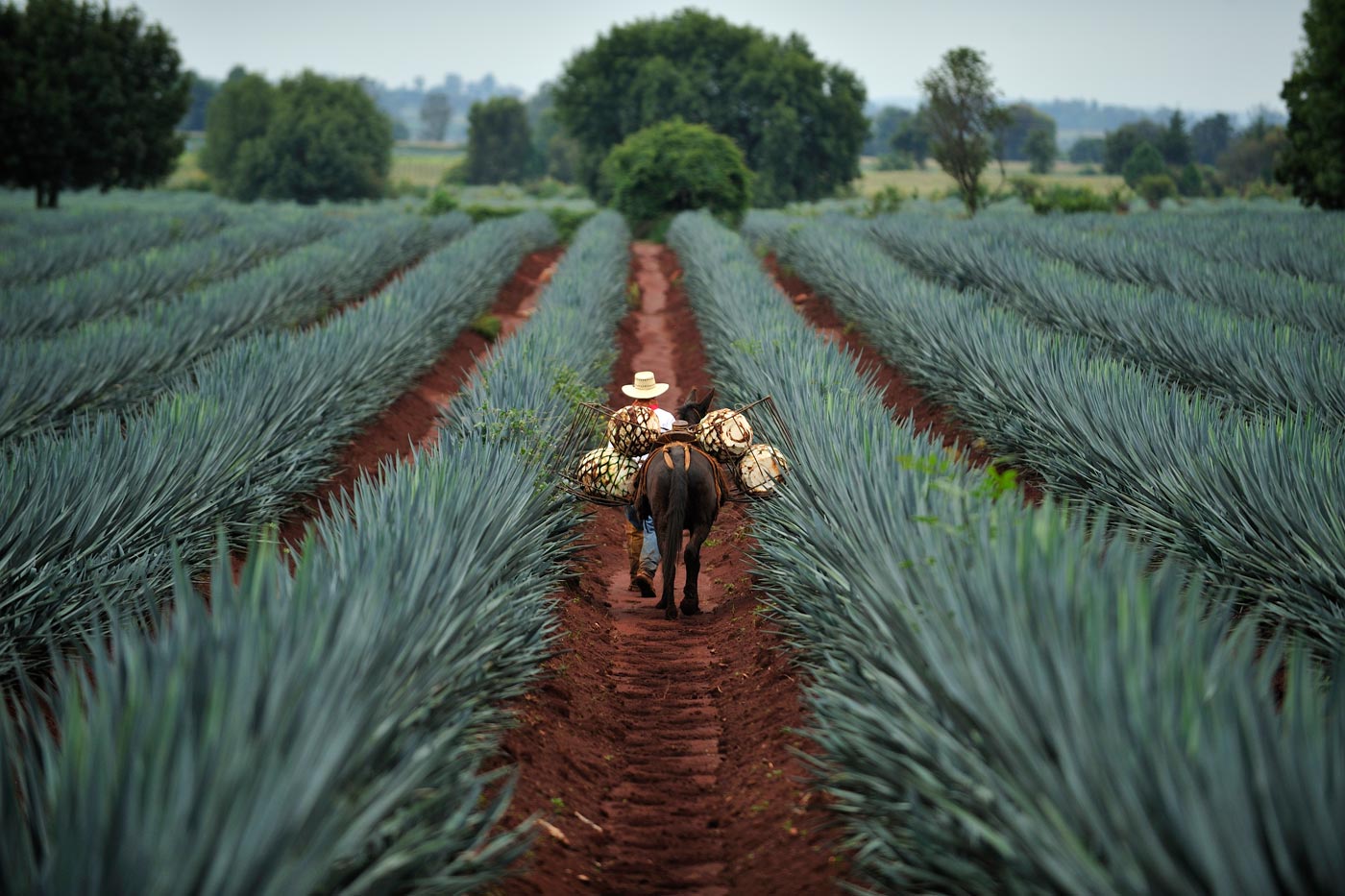
Coming from Aguascalientes, we will have come across San Juan de los Lagos, one of the most authentic towns in Jalisco, very lively at night and with a cathedral illuminated in a kitsch style.
If we are in beach mode, the ideal place is Puerto Vallarta, where it must be said that there is a decadent air that exudes a feeling about any time past being better, but where we can eat and sleep well at good prices. A cocktail on the boardwalk and prepare for the trip to the beaches in the area.
We went down towards Boca de Tomatlán, beach and jungle at the mouth of the river, Esmeralda beach and the taxi-boat excursion to the beautiful and remote Yelapa.
One of the three largest cities in Mexico, after Mexico City and Monterrey, with the largest International Book Fair (Spanish-speaking) in the world (from November 25 to December 3). We leave from its Plaza de Armas with its baroque cathedral (the most widespread art form throughout the colonial sacred in Mexico) and its two neo-Gothic towers.
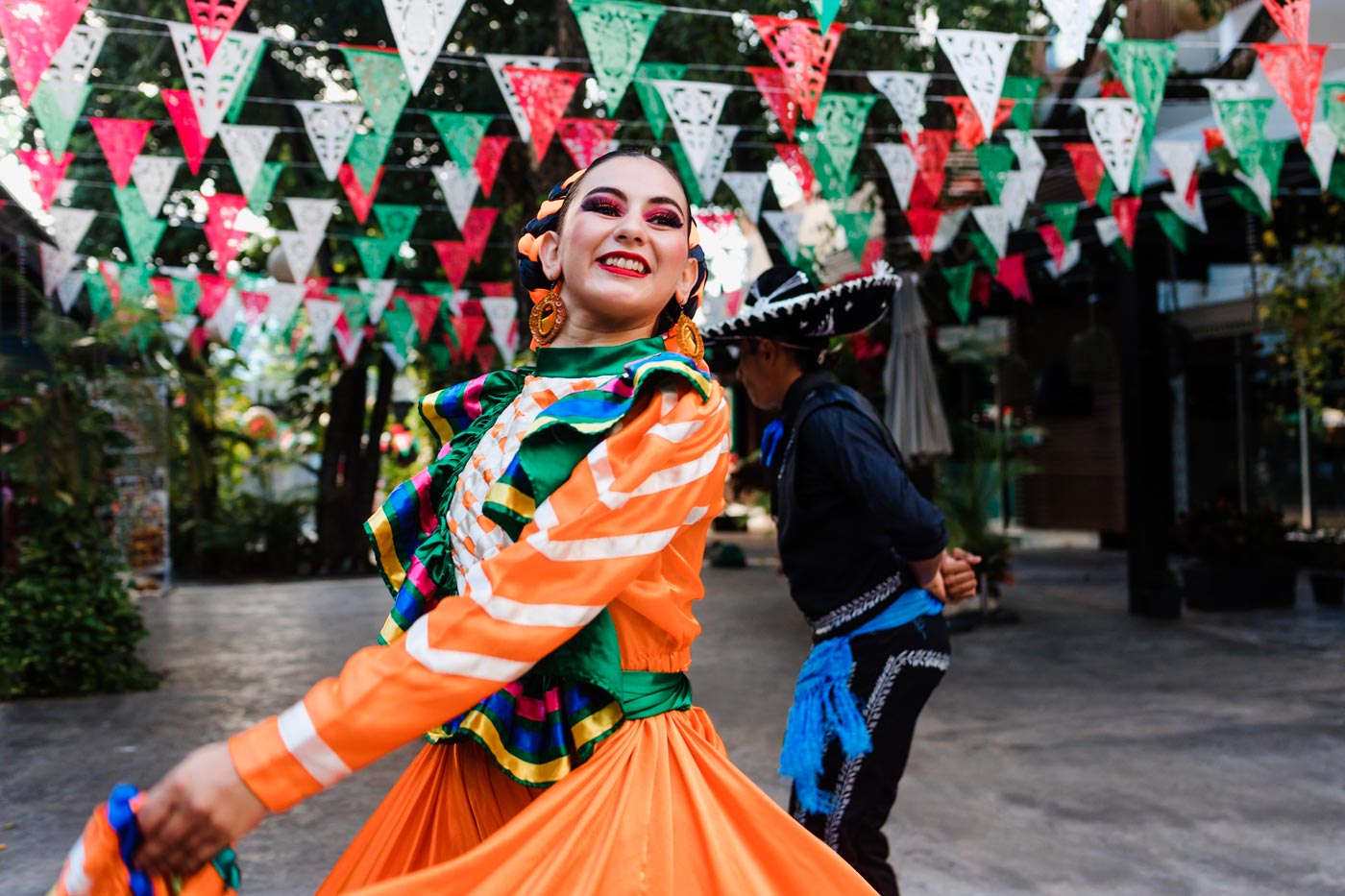
Historic centre and visit to the Degollado Theatre, an impressive Italian neoclassical building with 16 columns in its portico, then, of course, we pass through the Plaza de los Mariachis so they can entertain us for a while.
And finally, we can go to San Pedro Tlaquepaque to see (and buy) handicrafts. There are catrinas for all tastes and colors.
In its capital, Morelia, we cannot miss the Sanctuary of Guadalupe, which is spectacular inside, and enjoy its most traditional dishes such as Tarascan soup, Michoacan carnitas, olla podrida or borrego tatemado, among others.
But what most people go to Michoacán for is to see the monarch butterflies, which year after year migrate from the northern United States and southern Canada to seek more temperate climates for the winter.
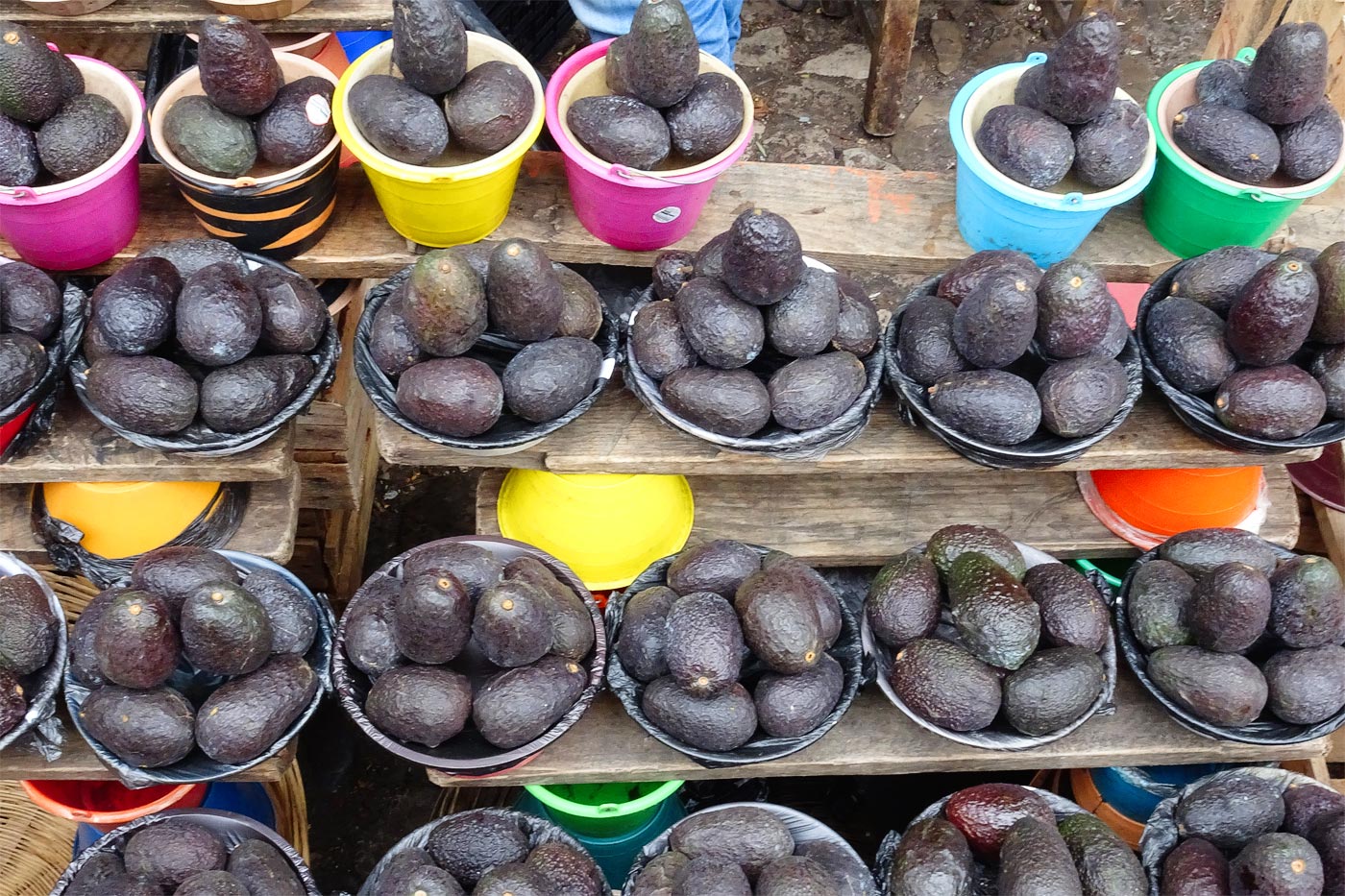
The Sanctuary of El Rosario is the most visited, recommended between November and March, although you can also go to the Sierra Chincua. We can also take a trip to the Paricutín volcano or celebrate the Day of the Dead in the magical town of Pátzcuaro.
And since we’re here, why not take a trip to the beaches of Acapulco, in the state of Guerrero, which little by little, after years of ostracism, are beginning to recover some of the lost splendor of the 80s.
We leave Puerto Vallarta (Jalisco) behind and take a beautiful, narrow and winding road through the jungle and fruit trees towards the beaches of the state of Nayarit, a must-stop in Sayulita, with good vibes among surfers and travelers, varied food and nightlife.
For this traveler, Punta de Mita, where everything is posh and inaccessible because it is exclusive, and San Pancho, a gentrified village with gringo prices, are expendable.
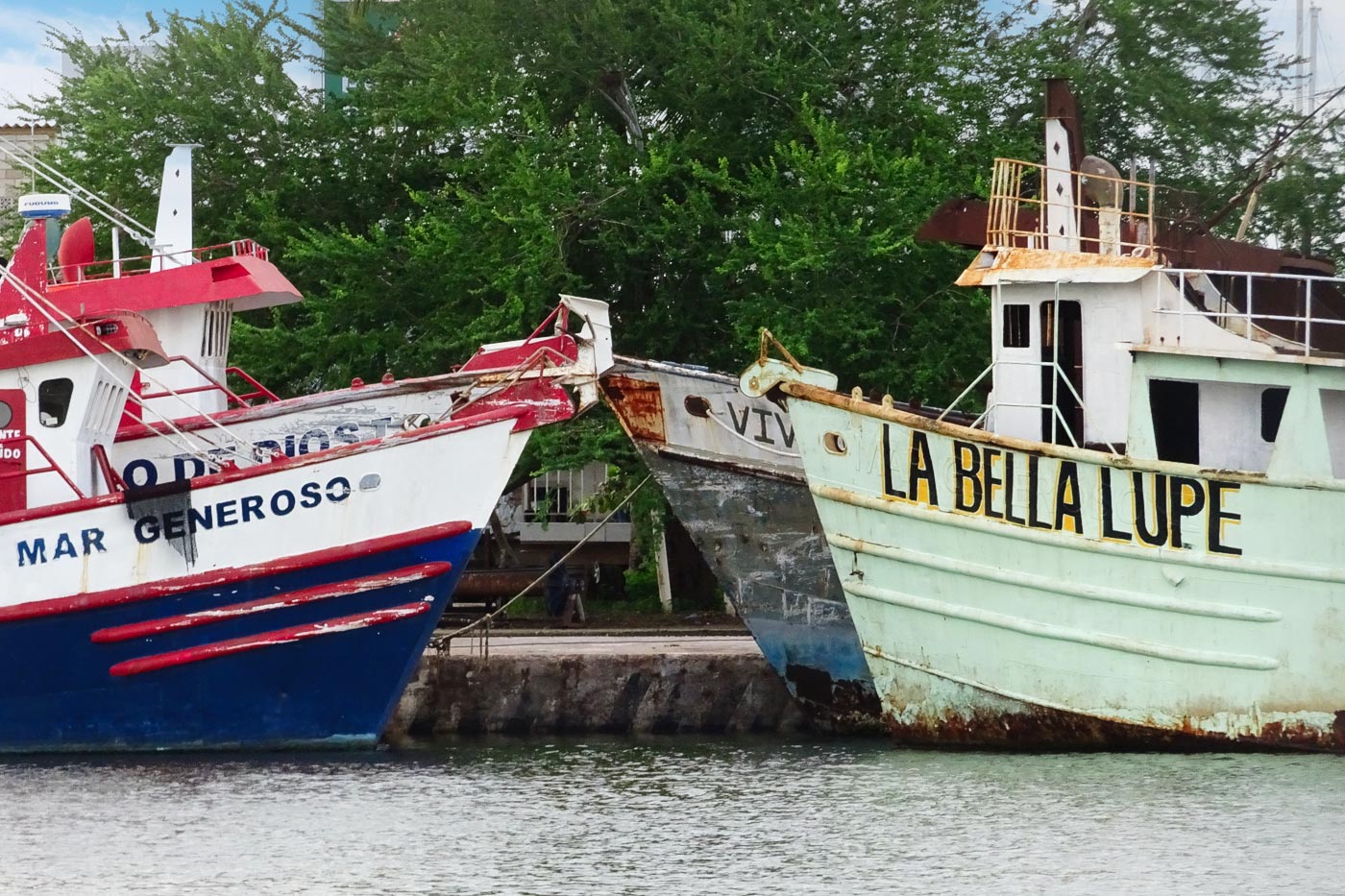
The reward comes a few kilometres up the road, when you stop at Lo de Marcos, a pure Mexican town with a long, beautiful beach, with a few beach bars serving fresh, cheap oysters and fish. And there are all kinds of bungalows and small hotels to choose from.
Next comes Guayabitos, with a very good beach and a more touristy atmosphere, which is contrasted further up by Chacala, a small village where almost everything is yet to be developed and paved. Good seafood and even better cocktails on the beach.
San Blas is a fishing village that is well worth a gastronomic stop on the way to Sinaloa, although we can also take a slight detour if we want to visit the capital, Tepic.
Famous throughout the world for what we all already know, I will tell you that the state of Sinaloa, for now, is one of the safest in Mexico, due to the simple fact that there is only one drug trafficker there, and he controls and finances everything.
No one dares -for now, I insist- to touch the Chapo family in their own home, so traveling through Sinaloa is comfortable and calm, this is the harsh reality.
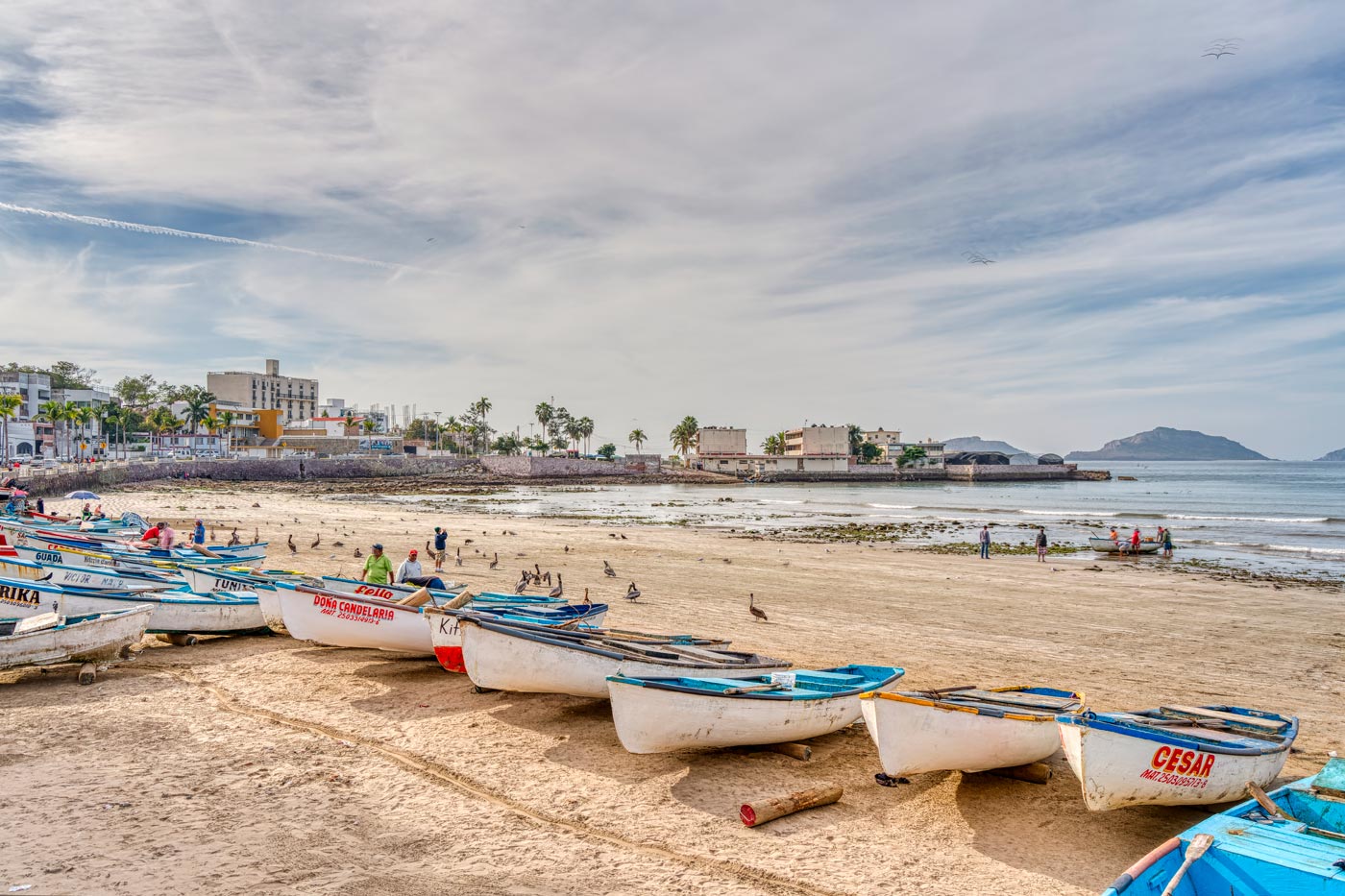
It is recommended to take Route 15 parallel to the Pacific until you reach Mazatlán, a tourist attraction of the State but not its capital, which is Culiacán.
You have the option of staying in the hotels of the golden zone (infinity pools on beautiful beaches) or perhaps to go down the boardwalk to the historic center, prettier, very clean and tidy, with cobbled streets, hotels for all tastes and restaurants specialized in serving seafood well.
Mexico is a country where you can eat very well, very badly, and the opposite. But it is not a place where raw materials are usually respected, whether we are talking about quality meat (beef) or seafood and fish.
But, at least in Nayarit and Sinaloa, who knows why, this raw material is pampered. The meat of the beef raised on farms in Sinaloa, Durango and Sonora can reach your table rare and without a thousand sauces on top, something that is unlikely in most of the rest of the country.
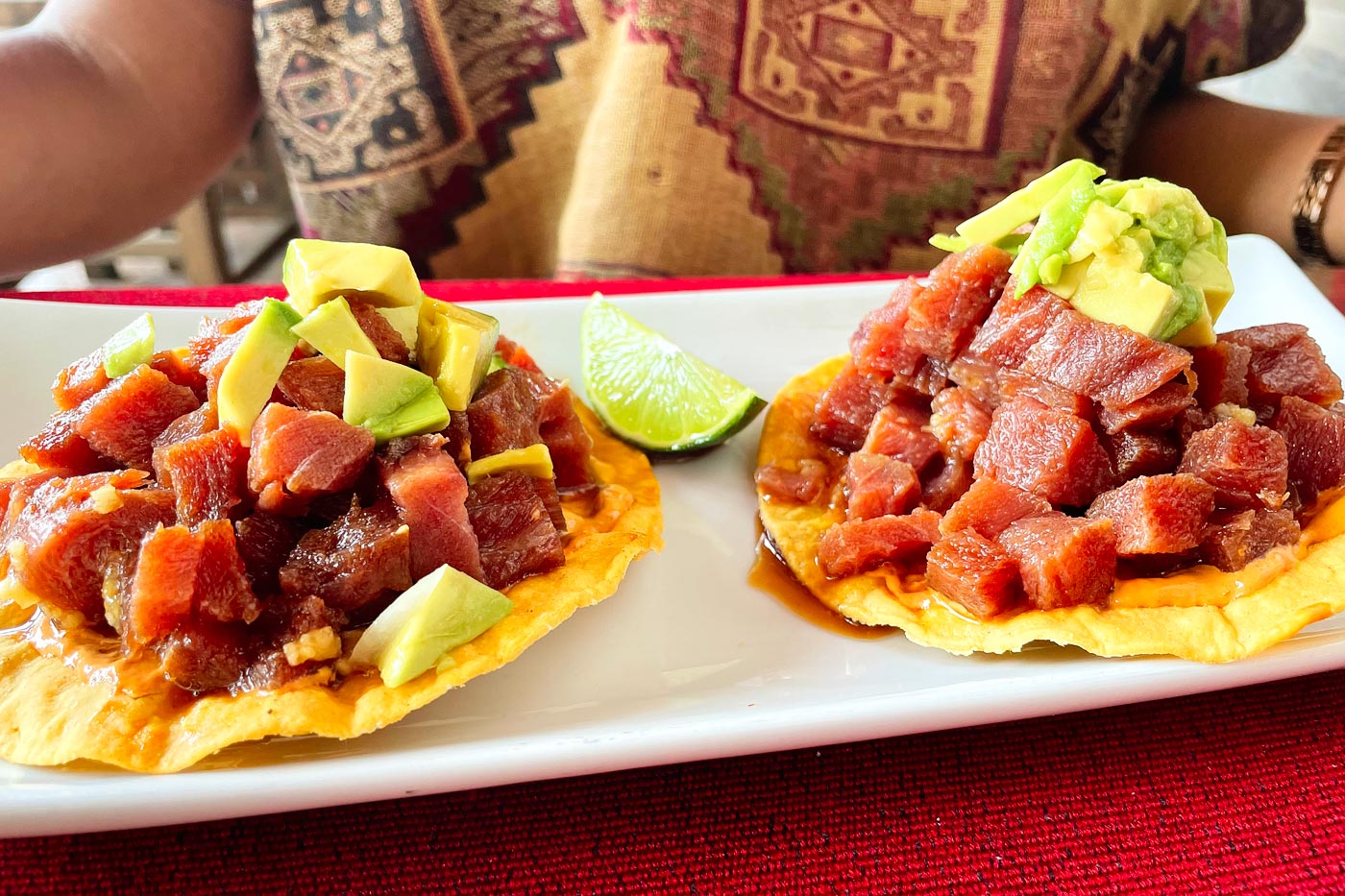
The food is very good in San Blas, El Fuerte, and Mazatlán, which has a large fishing fleet and seafaring culture, and this can be seen in how they prepare ceviche, seafood in general, tuna, smoked marlin, governor tacos and the rest of the fish.
Going to buy fresh products at the José María Pino Suárez market is a pleasure, and letting yourself be swayed by the flavours of the sea at the Changirongo restaurant is even more so.
Deserts and dunes, mountains, diverse ecosystems and long, beautiful beaches, and all of this facing the Sea of Cortez, that elongated strip of Pacific water that separates the Baja California Peninsula from the rest of Mexico.
We could very well start in Álamos, the magical town of María Félix, colonial, frozen in time and with a semi-tropical climate, and then go down to Guaymas and the Bay of San Carlos, to the fine white sand beach of Los Algodones and climb Cerro Tetakawi.
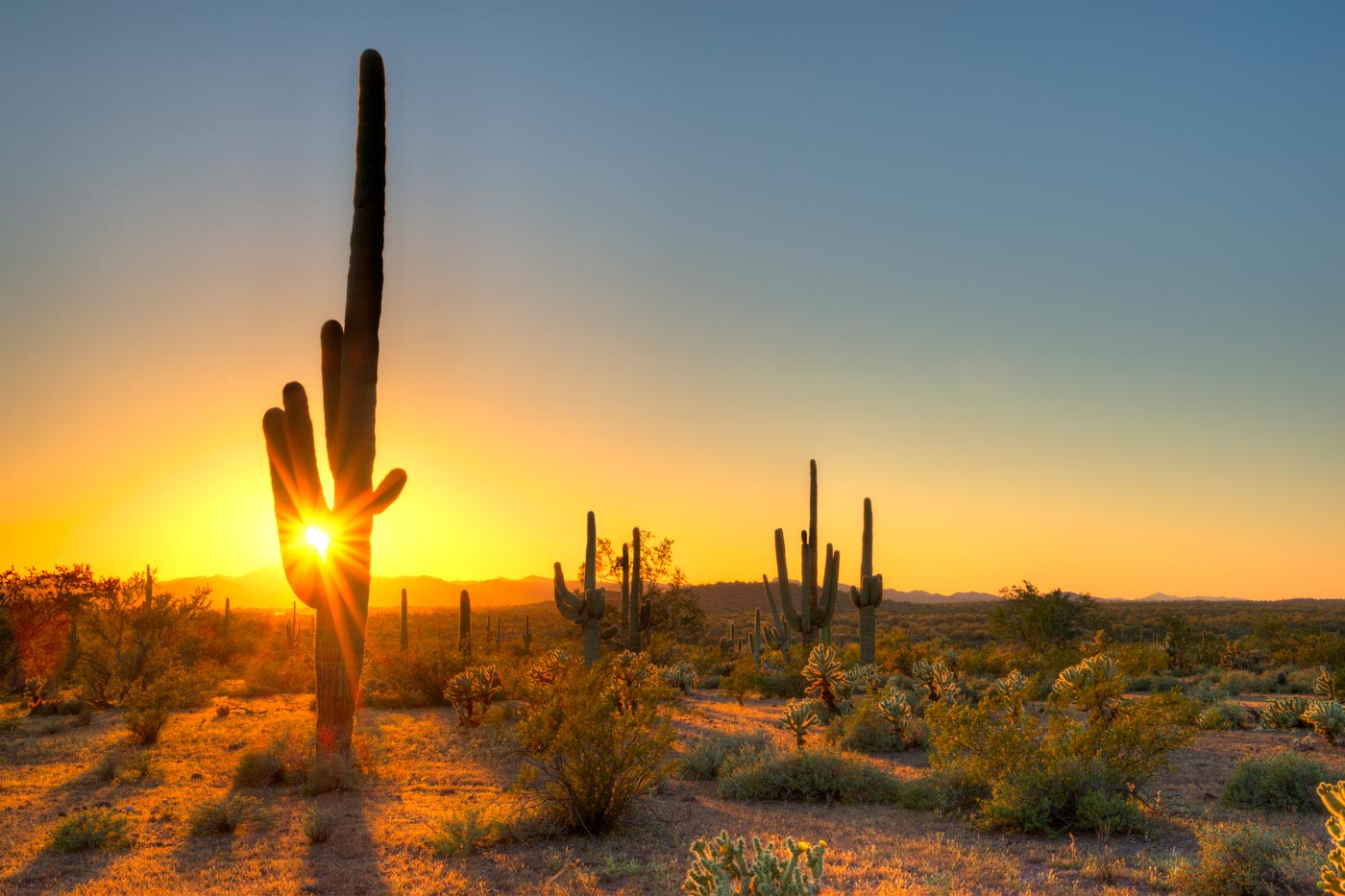
Further north, from Bahía del Kino, we can see Alcatraz Island and do whatever we like with the sand of the San Nicolás dunes (surf it, swim in it…).
Along the long line of beaches we can stop at Puerto Libertad, Puerto Lobos, and then reach Puerto Peñasco, from where we will attack the El Pinacate Biosphere Reserve and Gran Desierto de Altar. It is overwhelming, inhospitable, with impossible colors, a volcanic desert with craters. It could be a good and comfortable option to book a one-day tour.
It is recommended to watch Touch of Evil or some other great movie to get in the mood before arriving at this hot border that divides an urban mass into two separate worlds. Above, San Diego; below, Tijuana.
We can go to the busiest border in the world to smell the harsh aroma of reality in a place that could be a tourist destination for that very reason. Taking some photos of the border wall on the beach is something to behold.
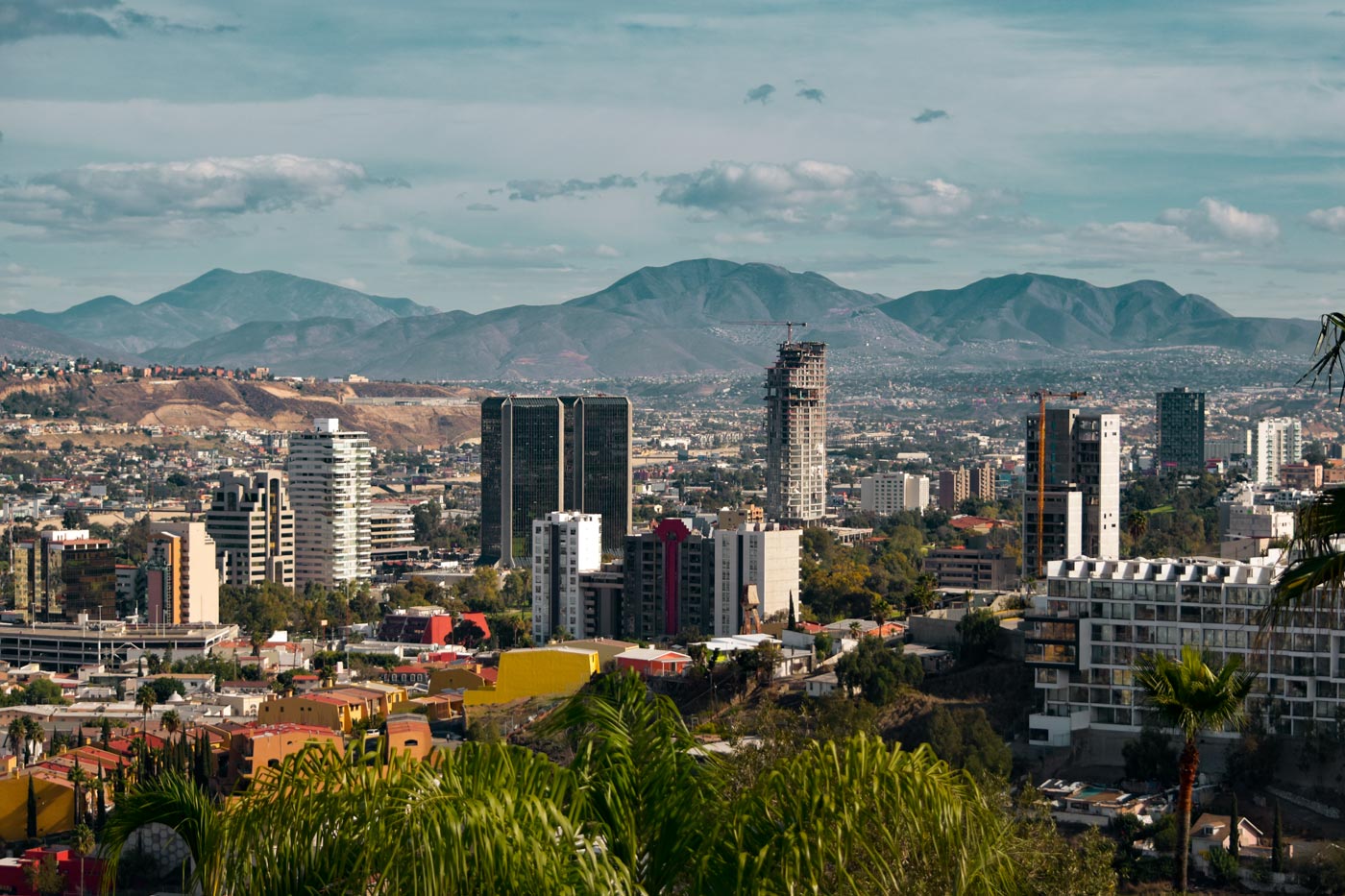
And since we are there, let’s go taste some delicious Baja California wines at one of their wine bars or have some craft beers.
The rise in recent years of signature cuisine with certain avant-garde touches has attracted many people to this city where, obviously, traditional cuisine is not lacking.
It is worth visiting La Bola, the Tijuana Cultural Center, which usually offers interesting exhibitions and festivals, or getting lost in the city’s cultural and street art passages. And of course, go to the Malecón beach.
Like Sonora, the Baja California peninsula is best explored by car, although from two areas. It is the best option if you are travelling with two to four people, because renting a car is expensive here. You have to stop at so many interesting places and enjoy such beautiful views that four wheels are a must.
We turn our backs on Tijuana and head south towards Ensenada and its seven valleys with a Mediterranean microclimate, as they say. We start with Francisco Zarzo, Valle de Guadalupe, perhaps the most representative of the wines (many of them multi-varietal) that are produced here.
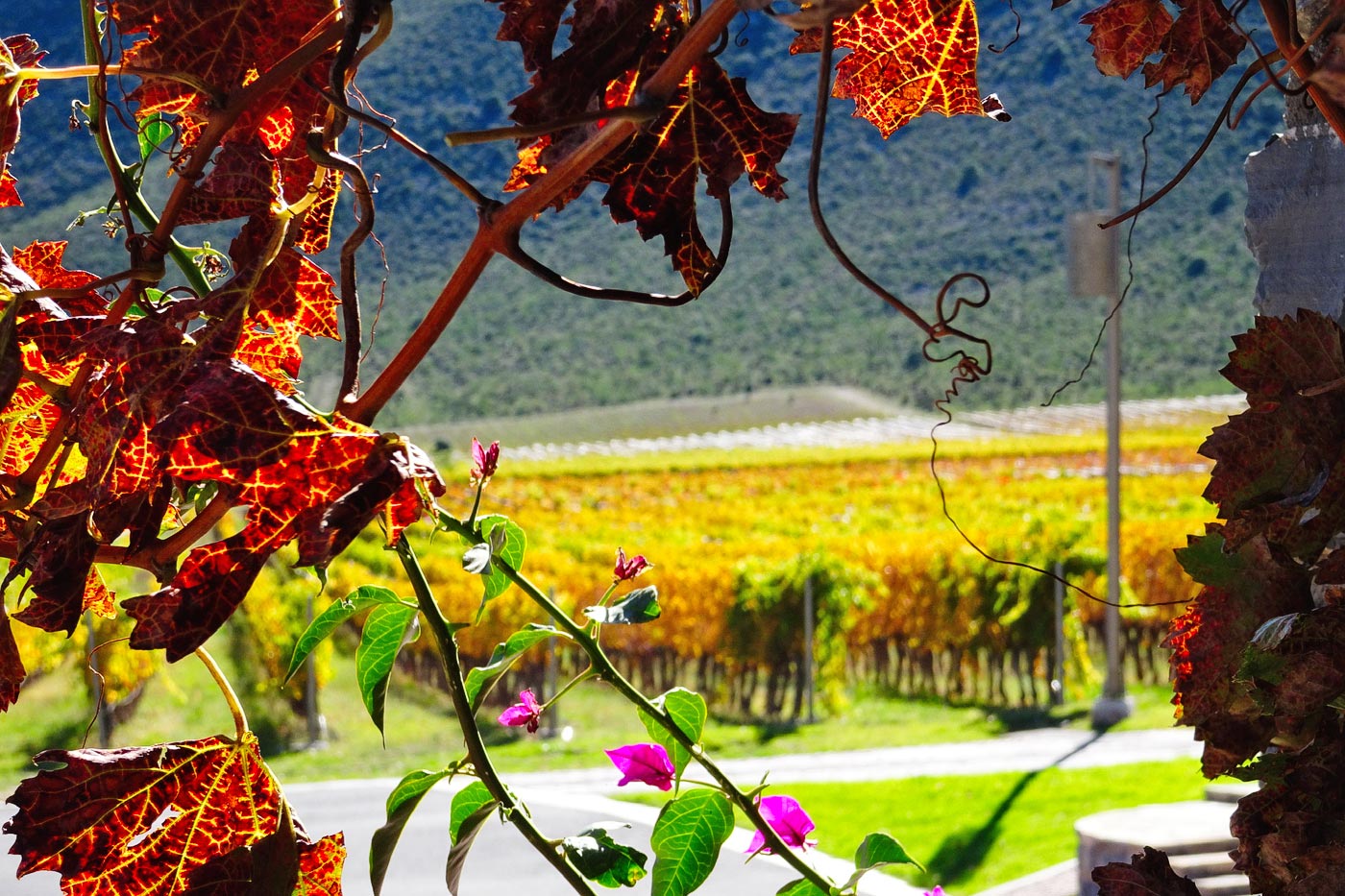
Here, and in the valleys of Calafia and San Antonio de las Minas, most of the vineyards and a good part of the 64 wineries in Baja are concentrated. Those who travel in August will come across the Fiesta de la Vendimia, a real blast.
But the most advisable thing is to stop at two or three wineries, do a tasting and visit the vineyards, and finish by eating in a good restaurant with a wine pairing, if possible. Further south, the wine map extends through the valleys of Santo Tomás, San Vicente and Ojos Negros.
On one side there is the Pacific, and on the other, the Sea of Cortez (or Gulf of California), with its beaches, and in the interior of the peninsula is the desert landscape with its dunes, enormous cacti and beautiful animals.
Here it is best to rent a car in La Paz or Cabo San Lucas, depending on where you land. Cabo San Lucas is crowded and ‘themed’ for the enjoyment of Americans, but since we are at the southern end of the peninsula we can take a boat trip to take a photo of the Arch and another to watch whales.
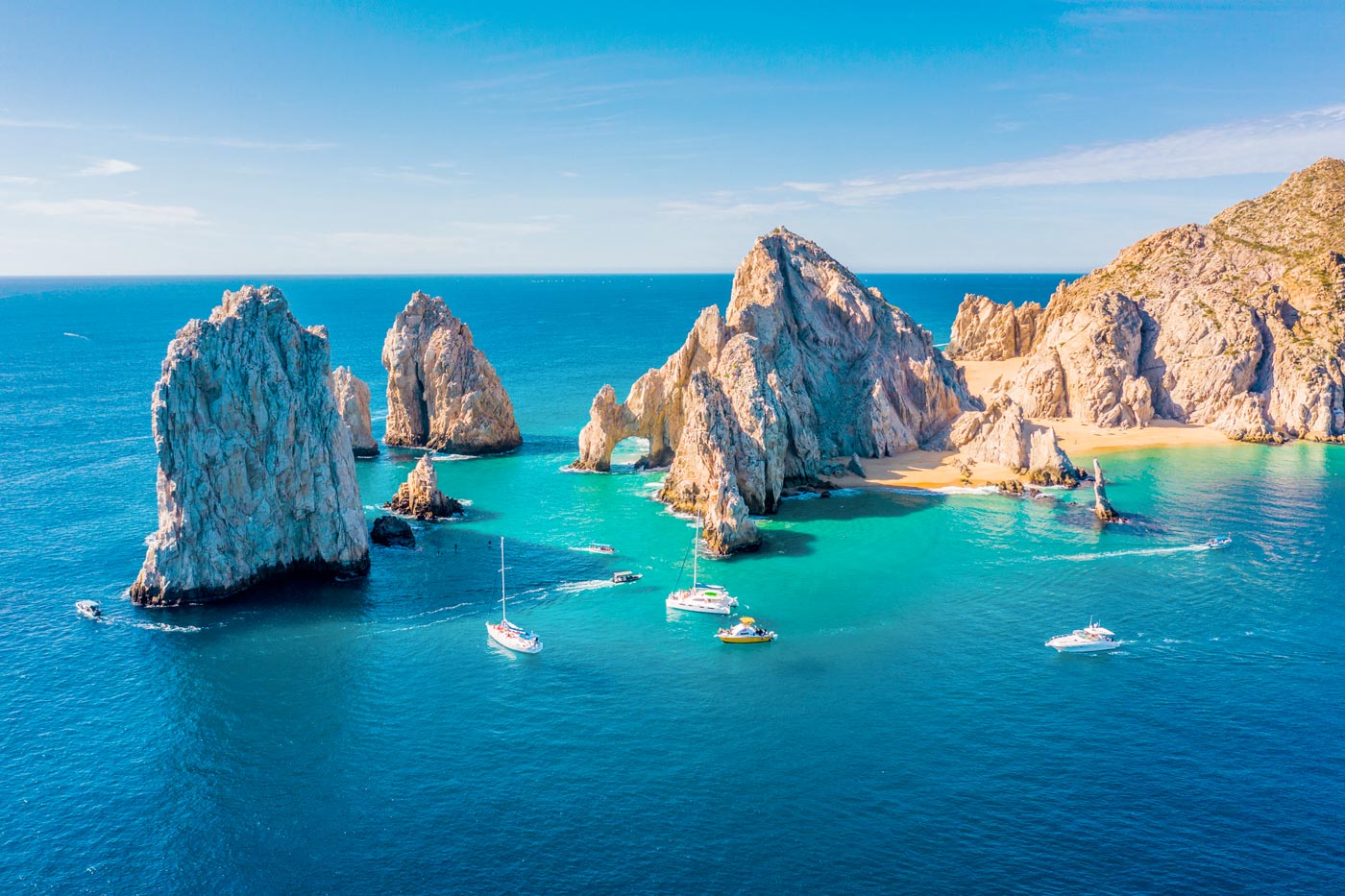
The route to Cabo Pulmo and its nature reserve is pure calm, tranquility, you have to drive, stop, look, smell and remember, and in the distance on the horizon, like in the steppe of Argentine Patagonia, you see the desert swallowing up the road and yourself. The towering cacti and the beaches of the Sea of Cortez could serve as a parapet.
If we choose to go west, Todos Santos awaits us, a pleasant town with a beach subject to the pounding of the Pacific waves. And further up we reach La Paz, the capital of Baja California Sur, where we can indulge in its boardwalk for a leisurely stroll.
From La Paz you can book an excursion to the island of Espíritu Santo, the same one that blew the mind of Jacques Cousteau himself.
We are closing the circle of northern Mexico following the ever-hot border line with the gabacho (as the gringo is also called). Ciudad Juárez-El Paso has suffered greatly from violence and feminicides, and tries to attract visitors with its museums and the nearby attraction of the Los Médanos dunes.
We head down towards the capital Chihuahua, where we could easily spend half a day walking around the centre, seeing its impressive cathedral and heading to Creel, from where we are going to explore the Copper Canyon (Barrancas del Cobre).
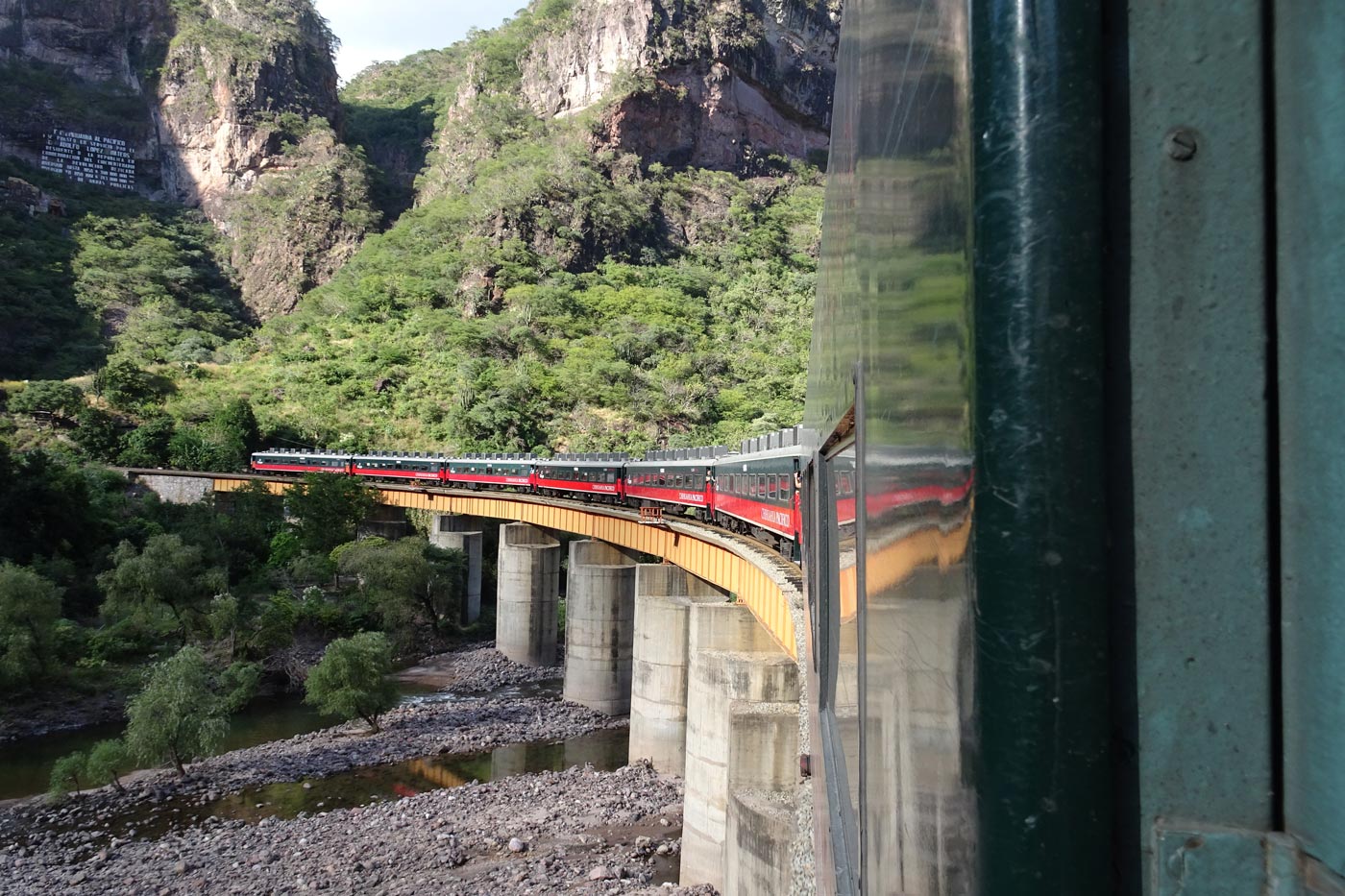
We are in the center of the Tarahumara culture, one of the most important native peoples of Mexico, the raramuri or light-footed people who run marathons in huaraches (sandals).
If you like aerial adventures, you have to go to the Copper Canyon Park and enjoy some zip lines, either the pack of seven linked ones or the Zip Rider, impressive, with a length of two and a half kilometers.
You can stay in Creel or Divisadero, although the latter is more charming, full of cheap cabins between rivers and hills. And from there take the CHEPE (Chihuahua-Pacific) train, which at a slow pace crosses narrow ravines and canyons to the semi-tropical gorges of Sinaloa, passing through El Fuerte and ending in Los Mochis, at sea level.
Crossing the Chihuahuan Desert towards the east, we arrive at the Coahuila Desert, which offers us the surprise of a valley or oasis at high altitude (2,200 meters) where the magical town of Parras de la Fuente and the oldest winery in Latin America, Casa Madero (1594) are located.
The town is quiet and pleasant, covered in parks and cobblestone streets, and of course wineries. There are some impressive ones like Don Leo, a few kilometers from the town, in a valley surrounded by semi-desert hills, peyote, cattle, deer and bison.
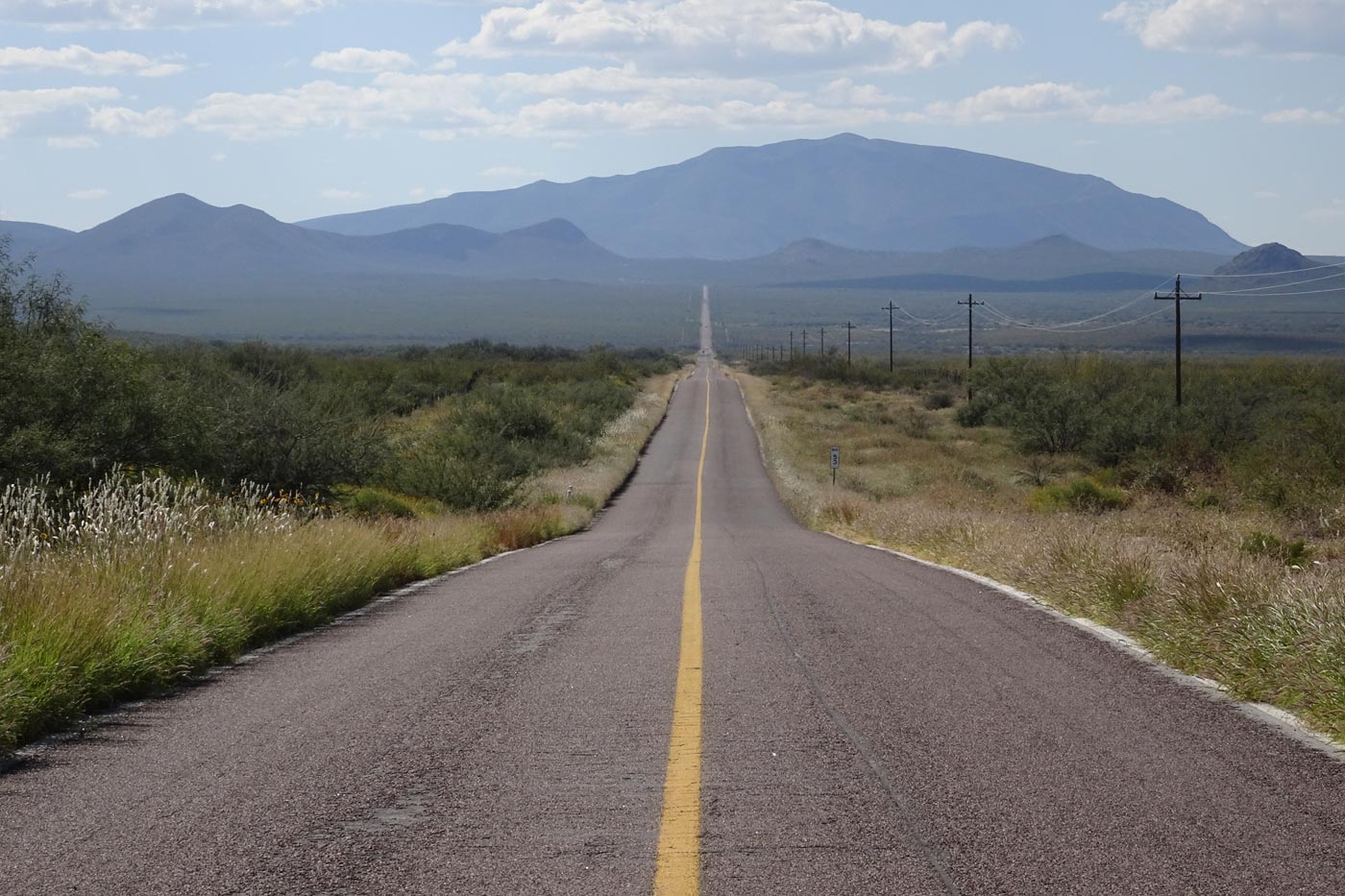
A visit to the winery with a tasting, which is super modern, is highly recommended. If you have some time left, you can visit the Cuatro Ciénegas valley and the unusual white crystal desert.
The main airport to arrive to or leave north central Mexico is in Monterrey.
Our philosophy at the beginning was always “book the first night and then start picking up hotels as you go”, but since people started travelling en masse, new hotels and “full” signs have emerged, and with them new booking websites. The advantage is that now you have, just a click away, a lot of hotels and guesthouses to choose from before you arrive at your destination.
We recommend platforms like Booking.com, very active in many countries like Mexico.
There are no passenger trains in Mexico. We will travel around the country on regular buses, in vans or minivans with 12 to 15 passengers, with internal flights that are not very expensive (Viva Aerobus is the main ‘low cost’), or by renting a car, the latter option being quite expensive. And of course with the transport included if we have excursions or tours.
Generally speaking, the prices of regular buses (in Yucatan you have to look at the ADO) are similar to those we have in Europe, so for a 200 kilometer journey you will have to pay between 15 and 20 euros at the exchange rate, always speaking of more or less tourist areas.
I recommend that in both Cancun and Playa del Carmen, if you want to travel around the Yucatan or make the jump to Chiapas or Oaxaca, look into minivan transportation, which is always more affordable.
In rural areas, vans are the most commonly used, and very cheap, as prices are generally local. I have used them travelling all over Mexico and they have always helped me save a lot. I recommend that you ask on the street, as this is what the local people use, or at the small terminals, because this information is not usually available on the internet.
In Mexico, as in the rest of Latin countries, it is advisable to use word of mouth and ask people to get better prices.
Mexico is not a cheap country to travel to, especially after Covid, and in the current environment (2024) of a strengthening currency. Today you would receive 19 Mexican pesos (MXN) for every euro, compared to 24 in 2021.
But don’t worry, it’s not an expensive country either. Depending on how we want to approach our trip, we can adjust our budget, especially because eating and sleeping, in general terms, is cheaper than in Spain.
But the most important thing for this kind of trip is to think that, as we go, we will be able to balance our budget, because outside of the most touristic sections everything will be much cheaper.
We usually rent scooters when we travel, but surely at some point, we’ll want to rent a car and remember the day we decided to get an international driving permit.
Click on the image and it will take you to a new Google Maps window with all the points of interest to travel around Mexico.